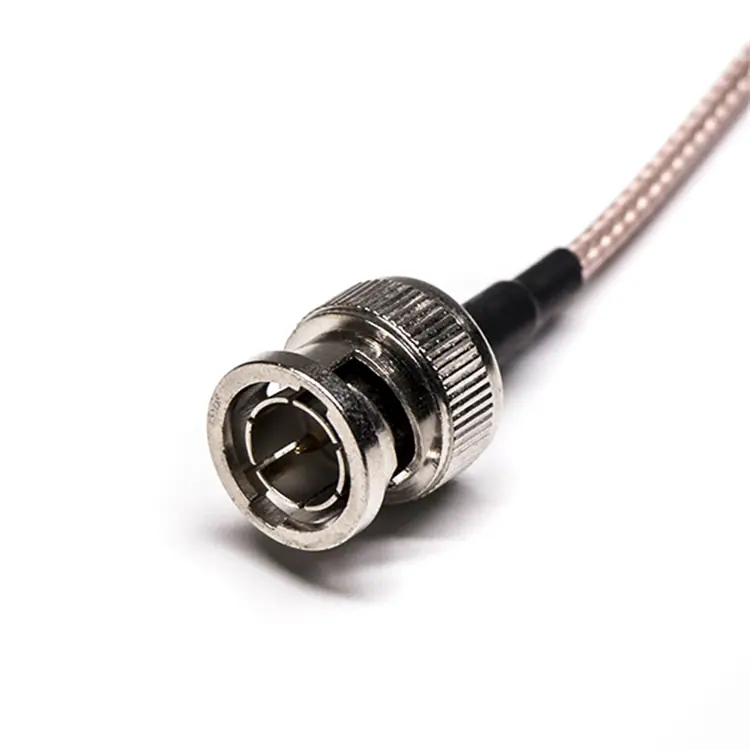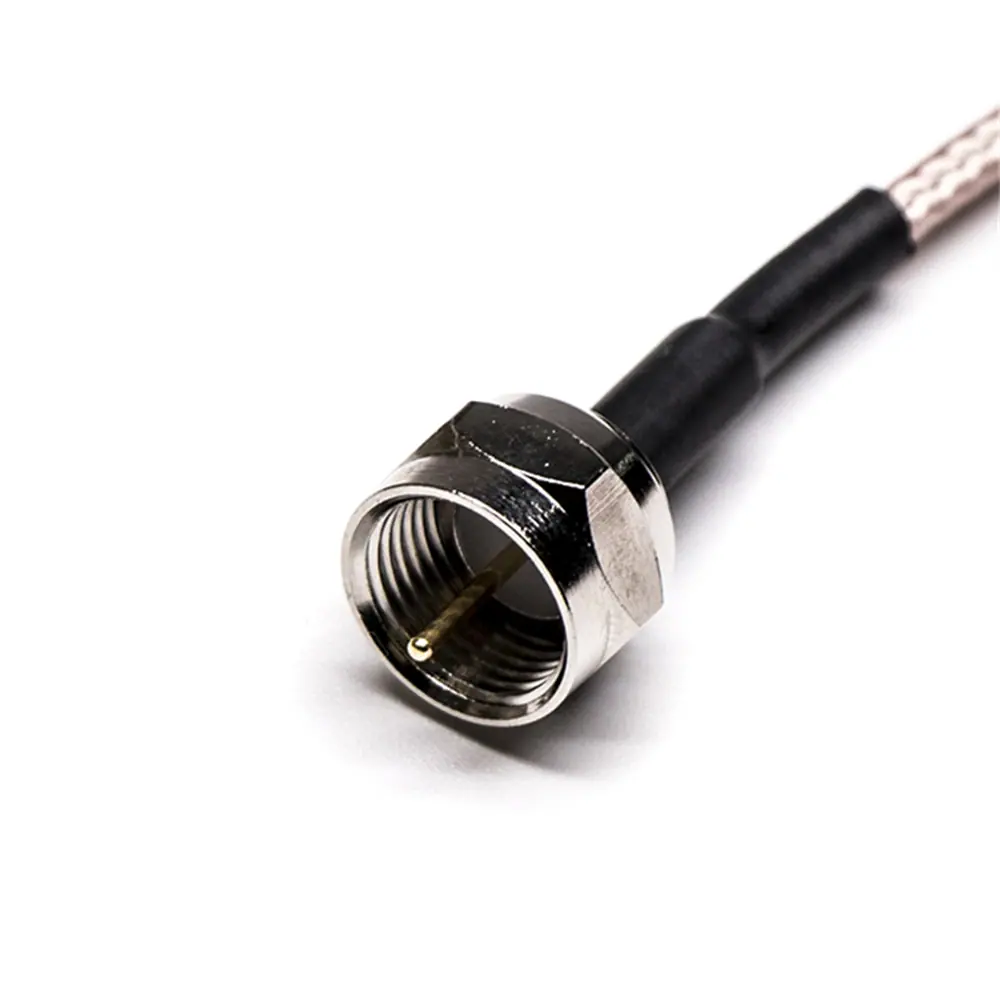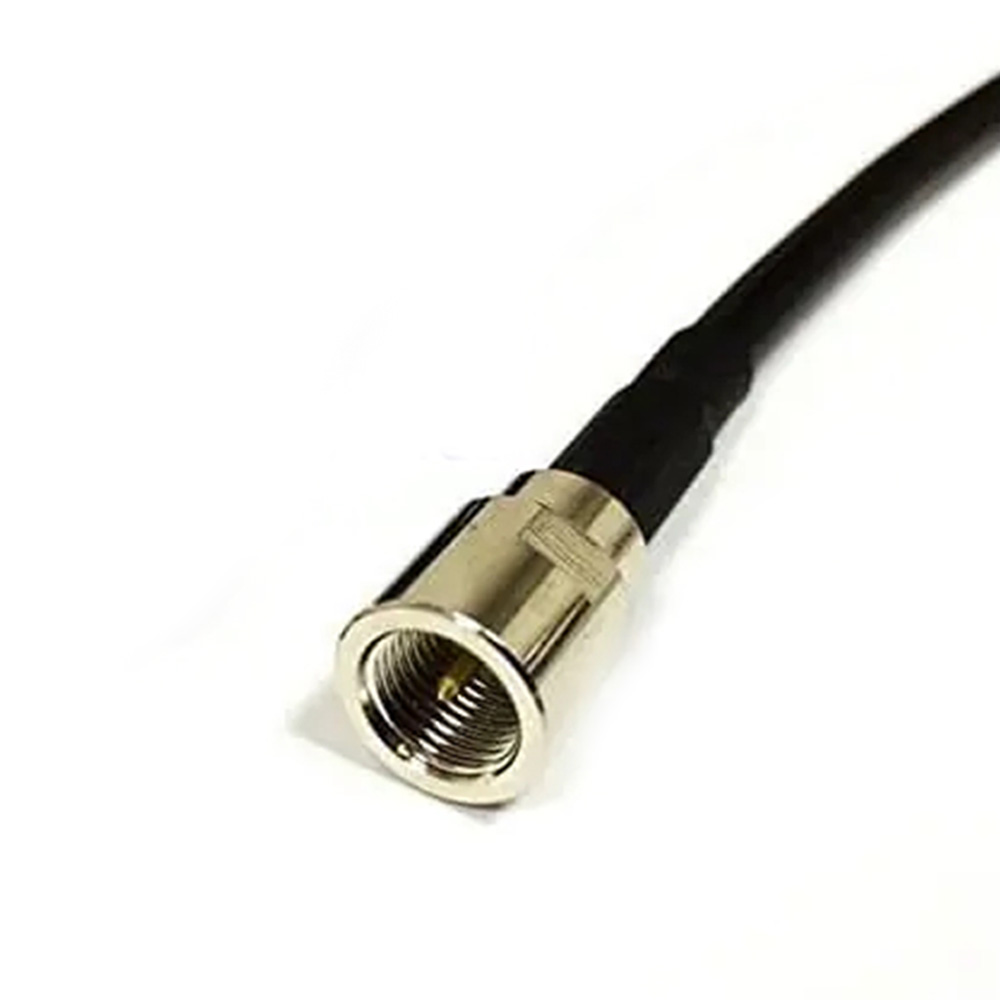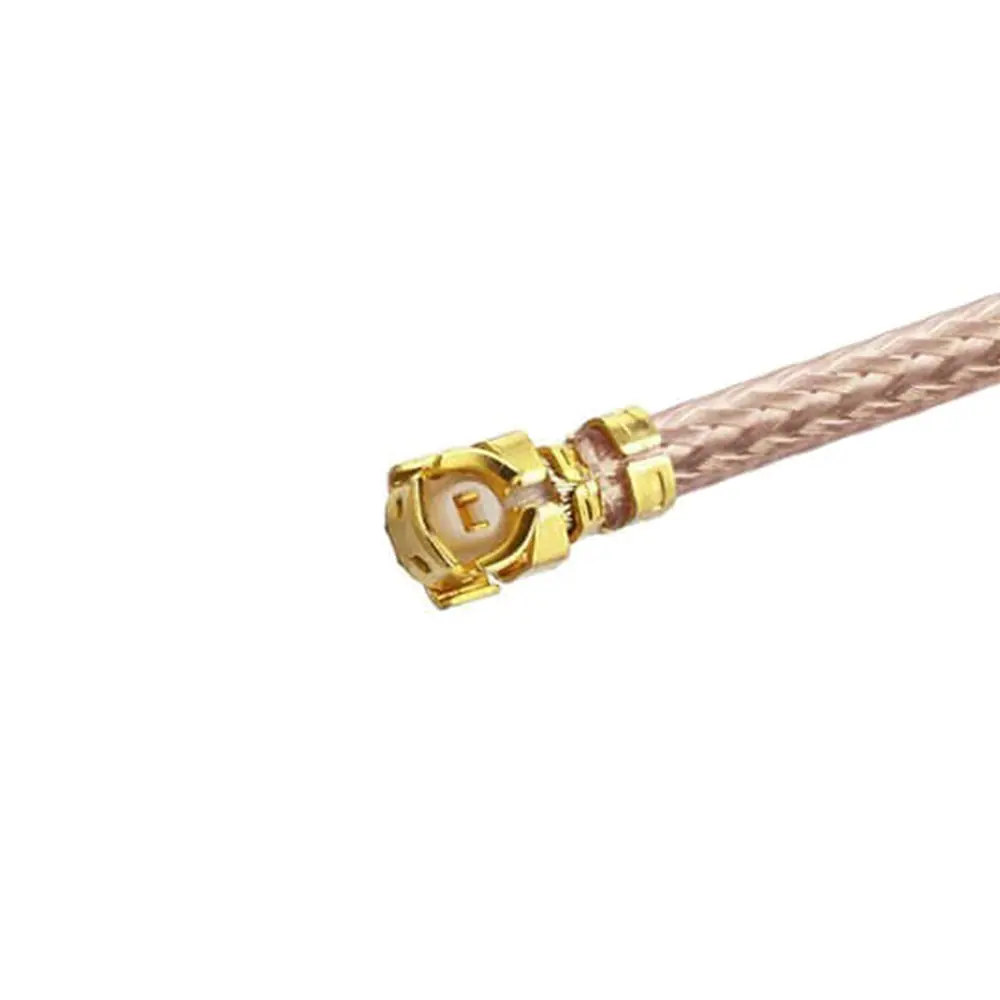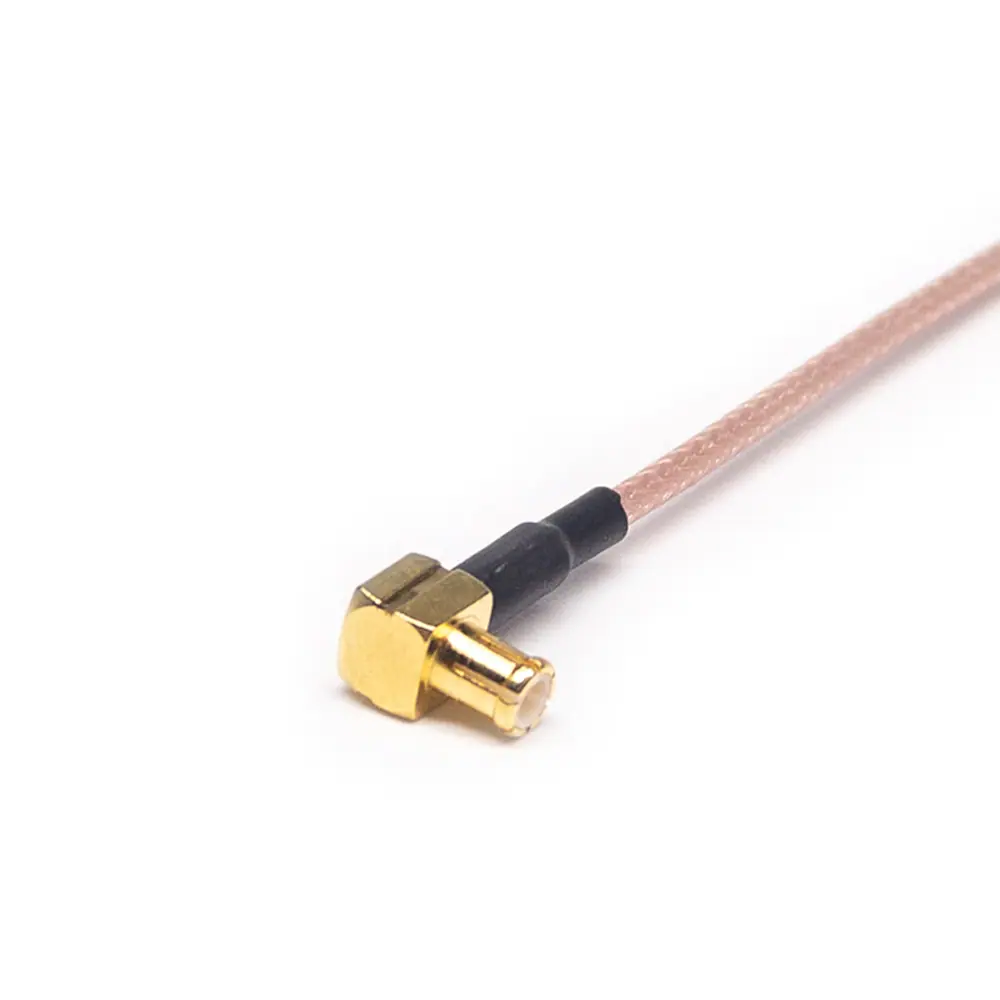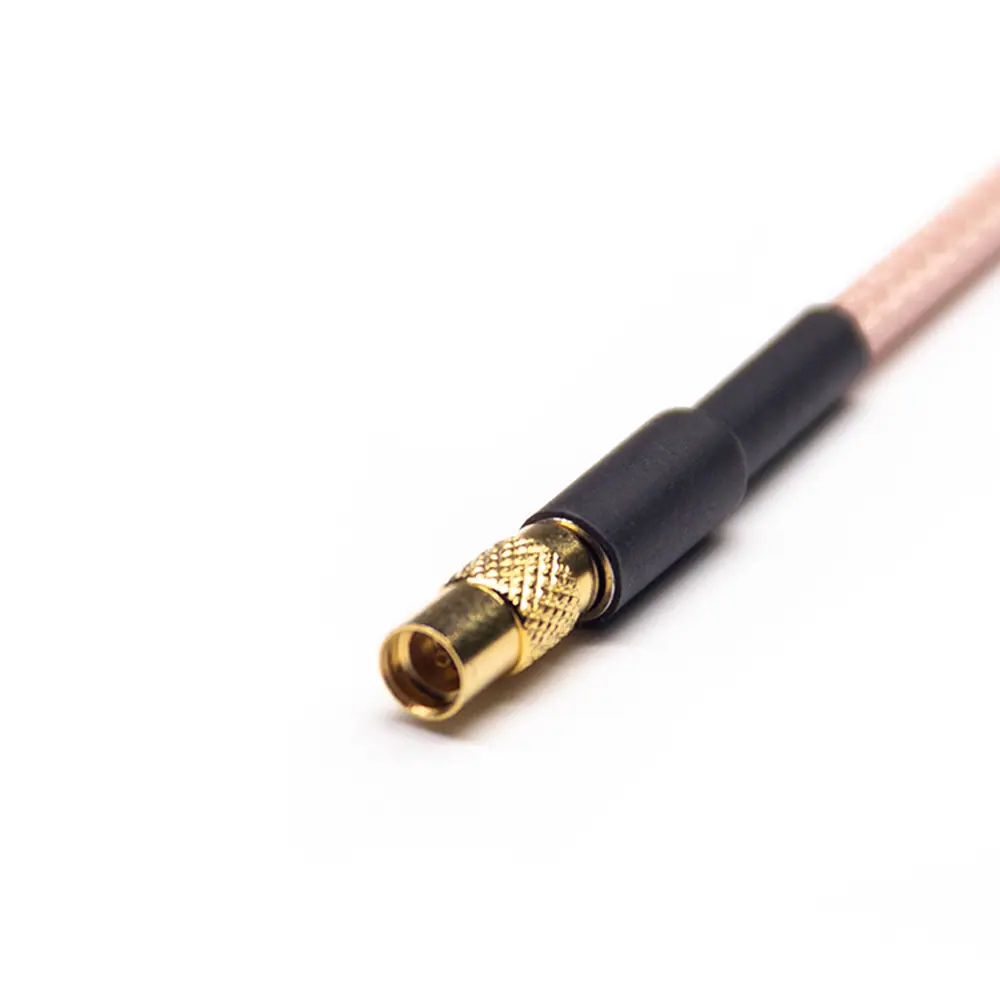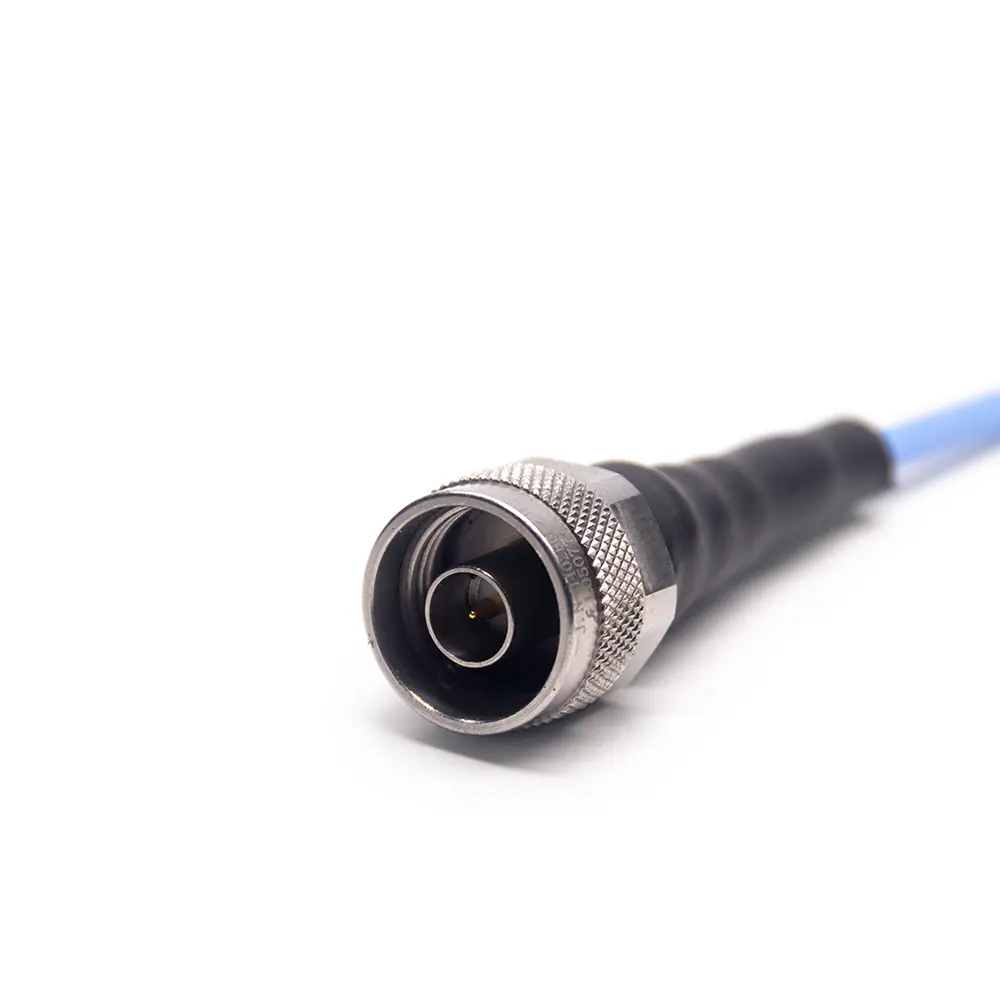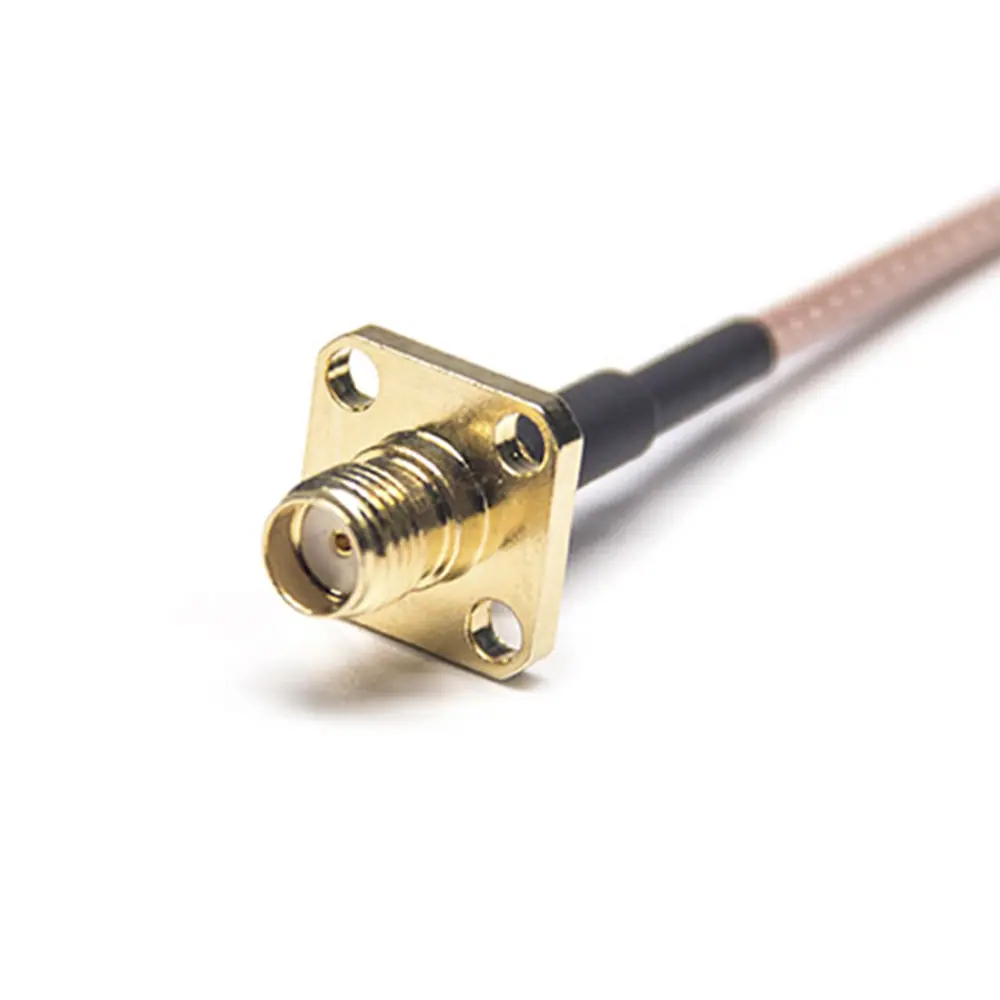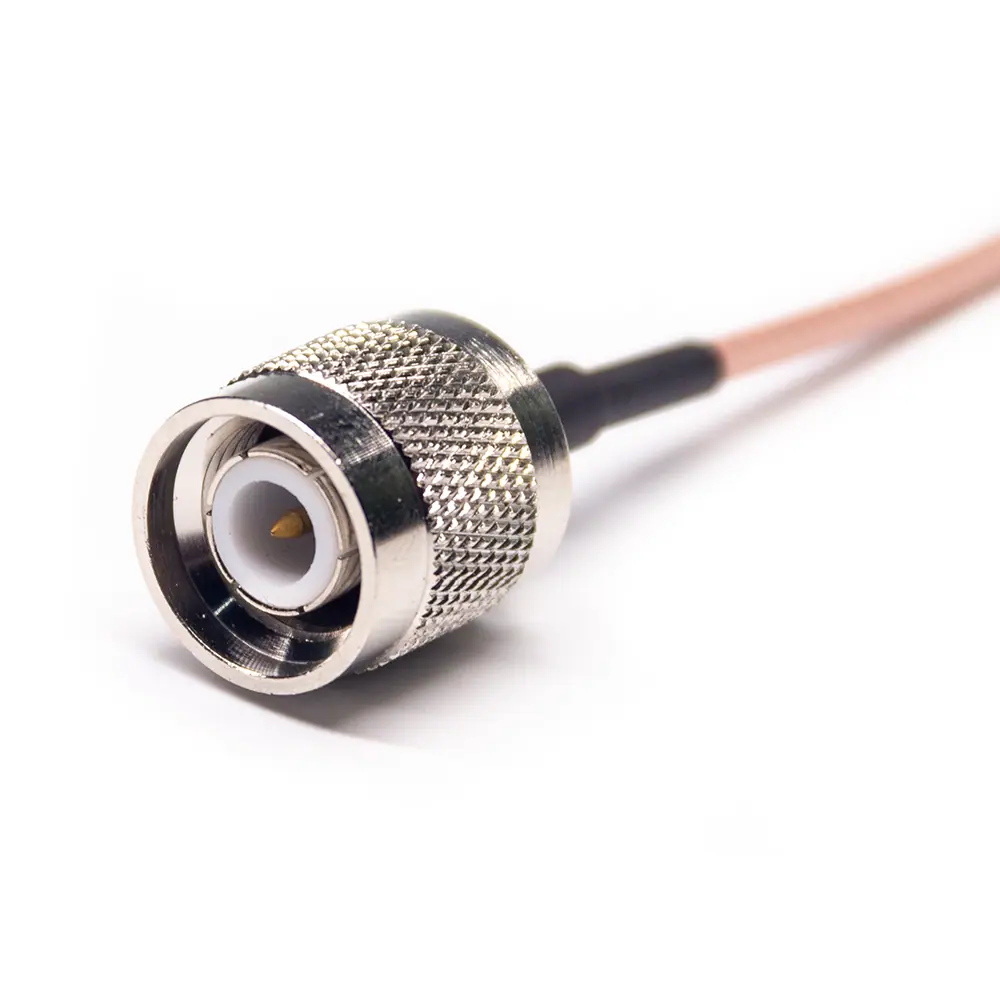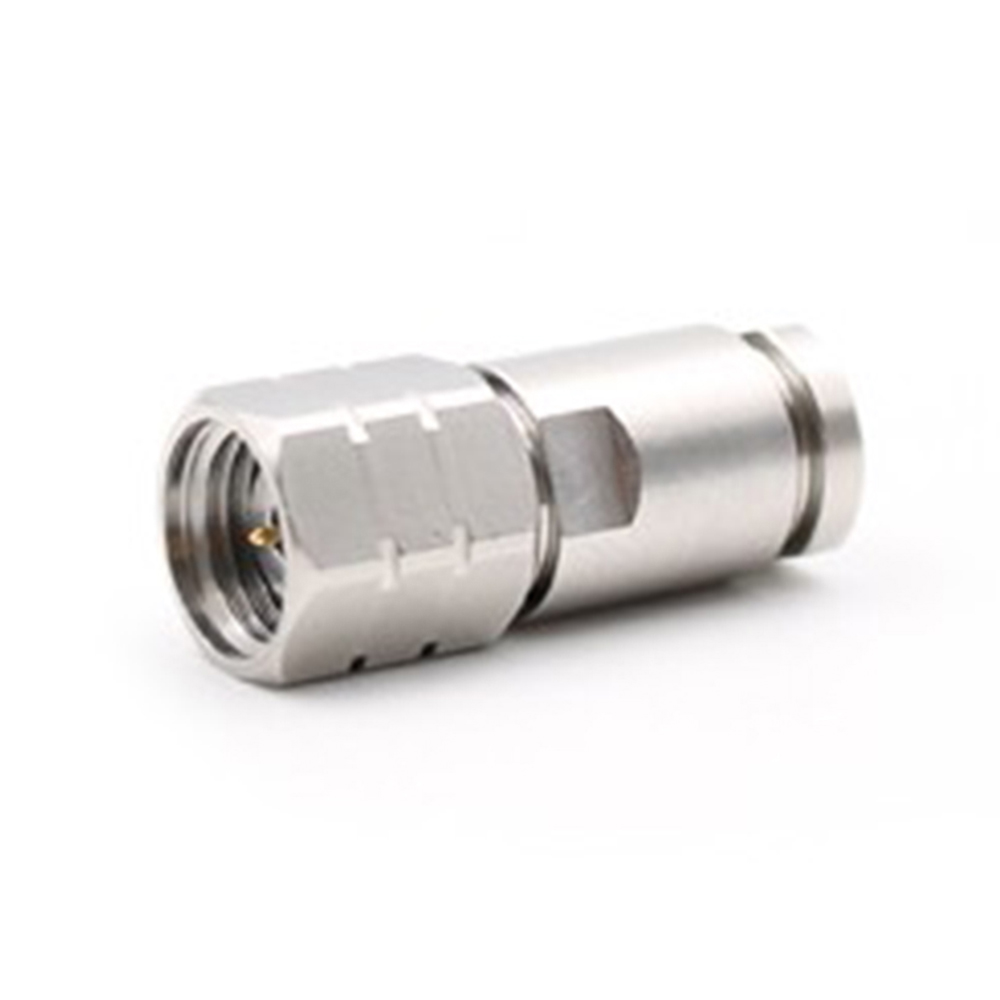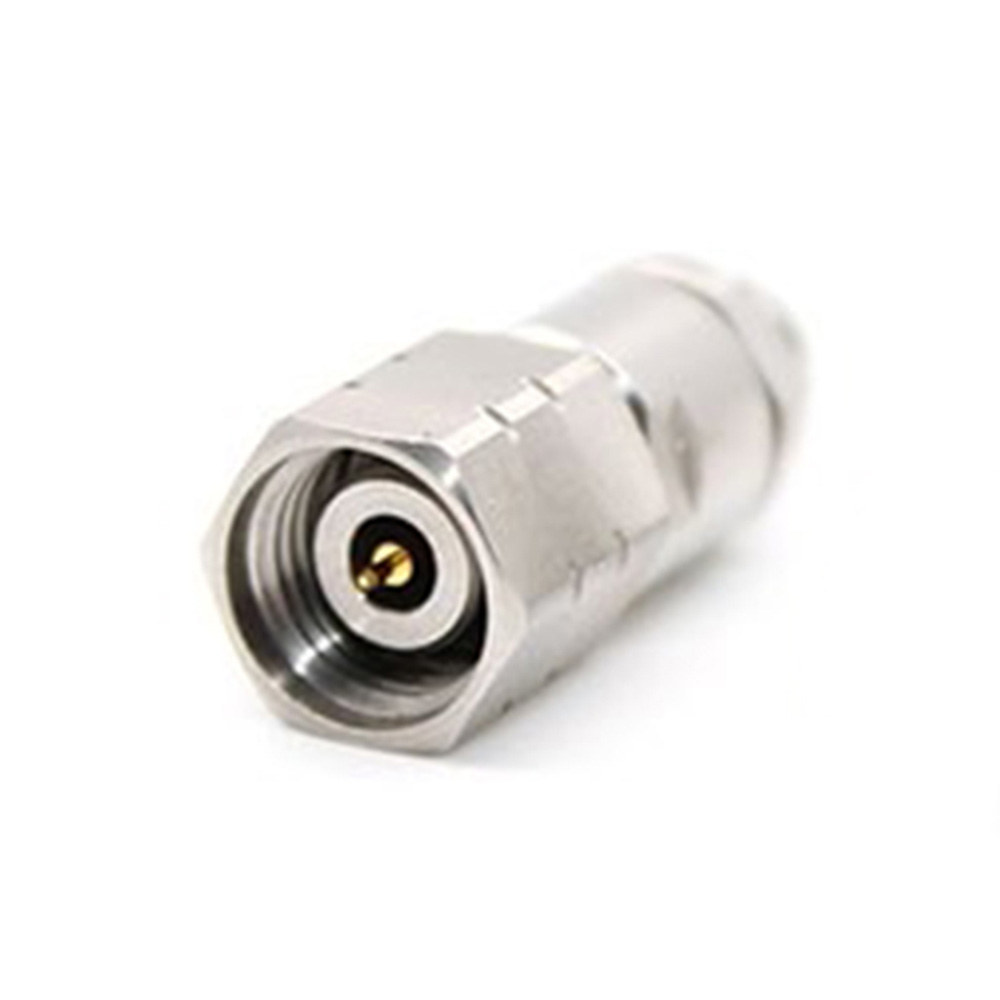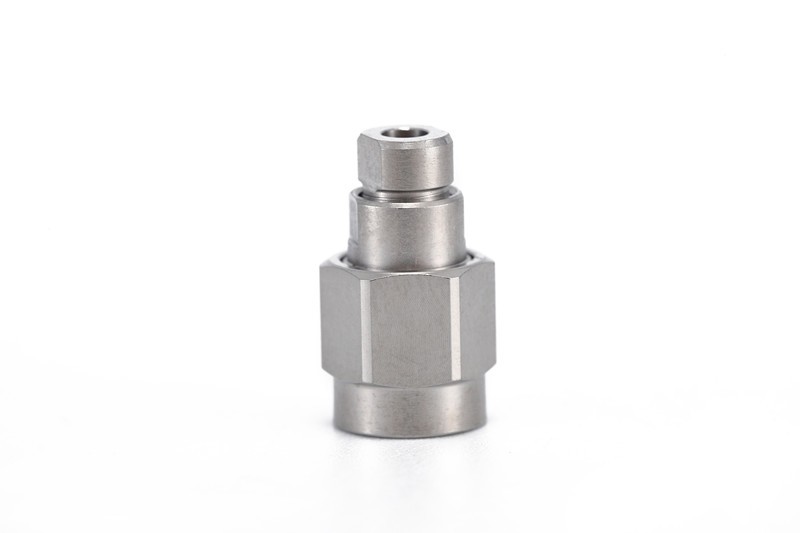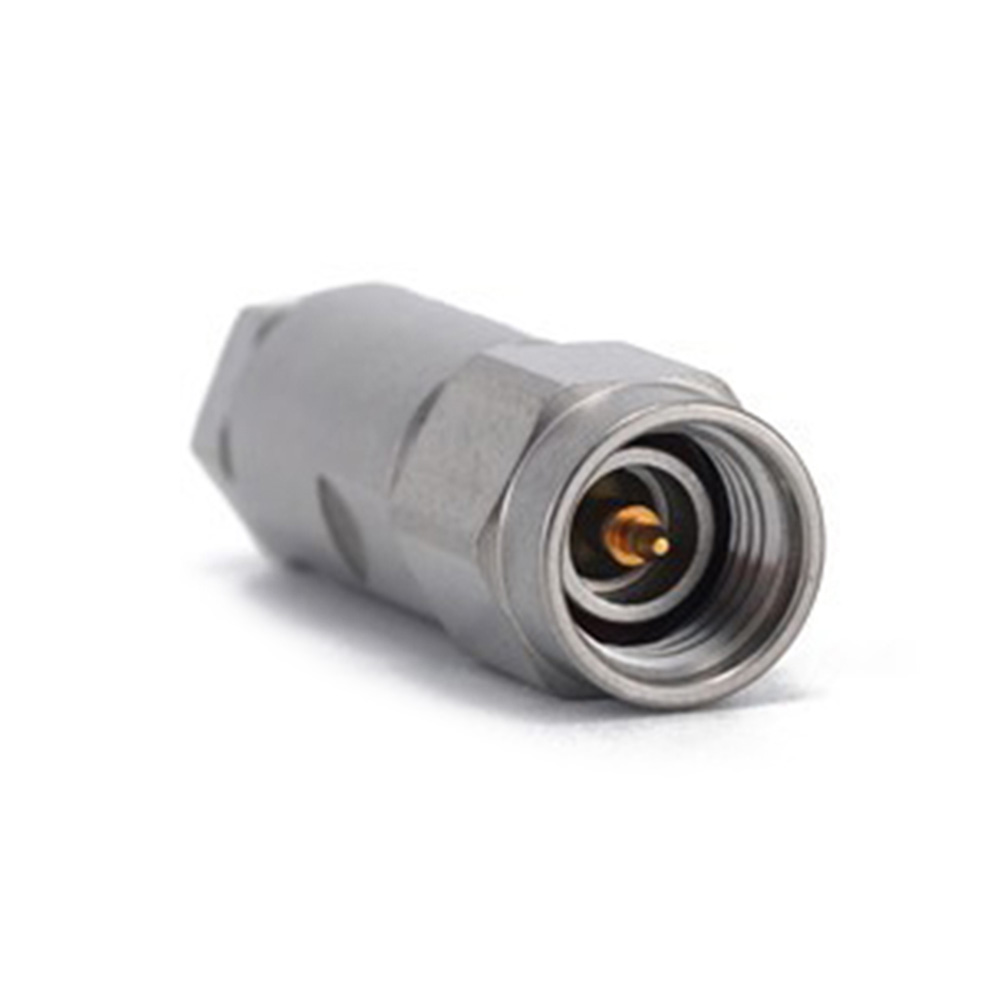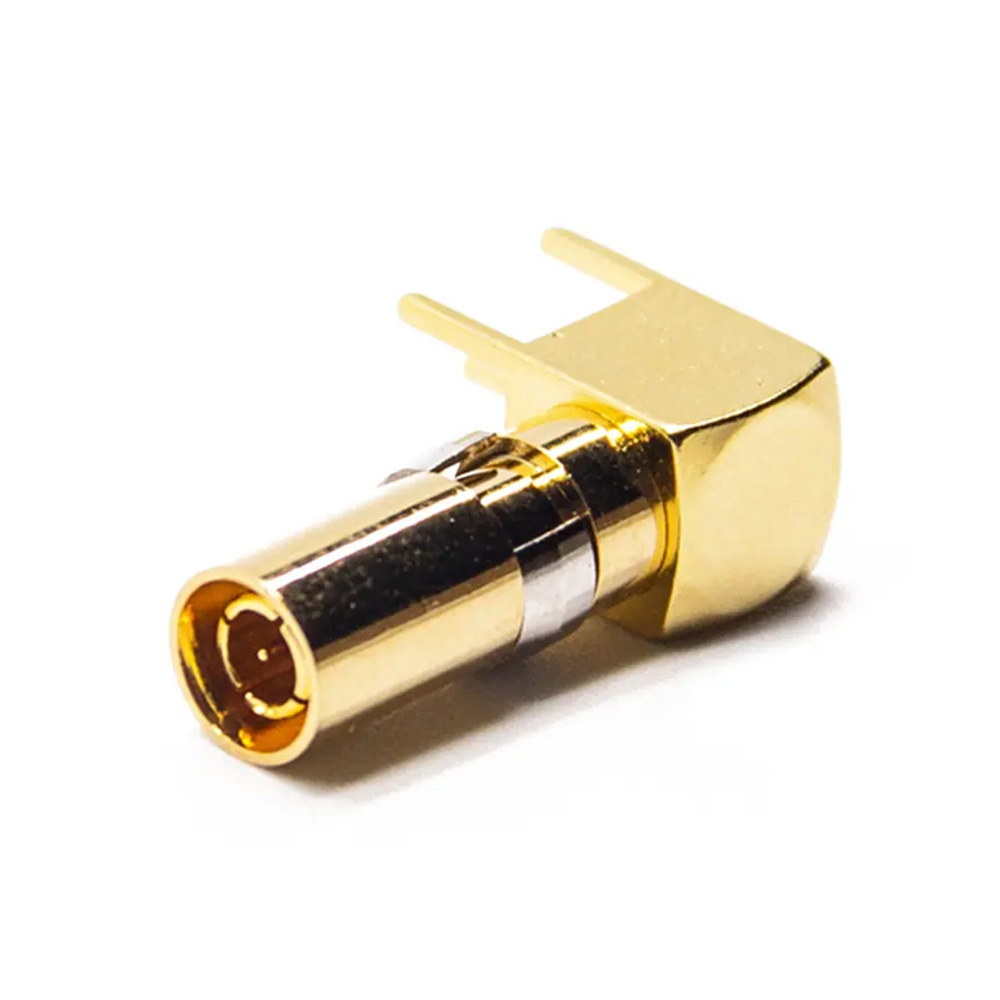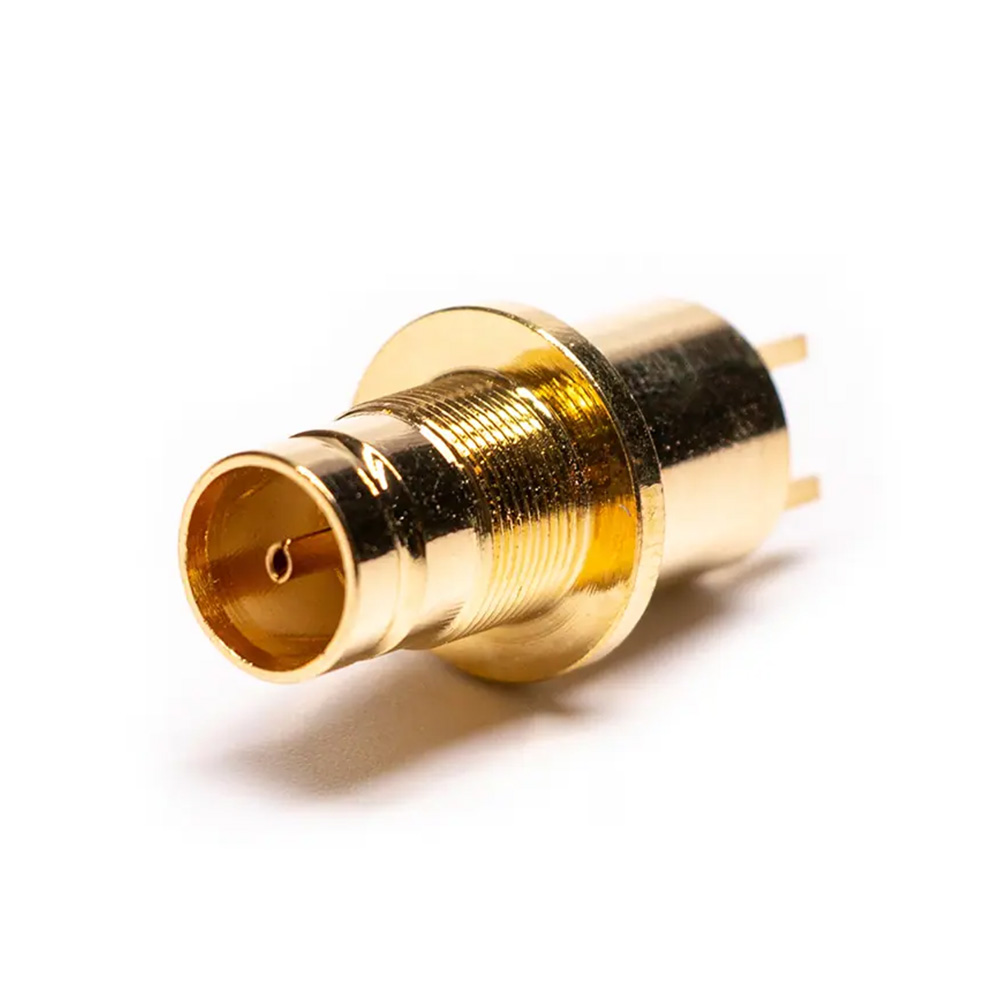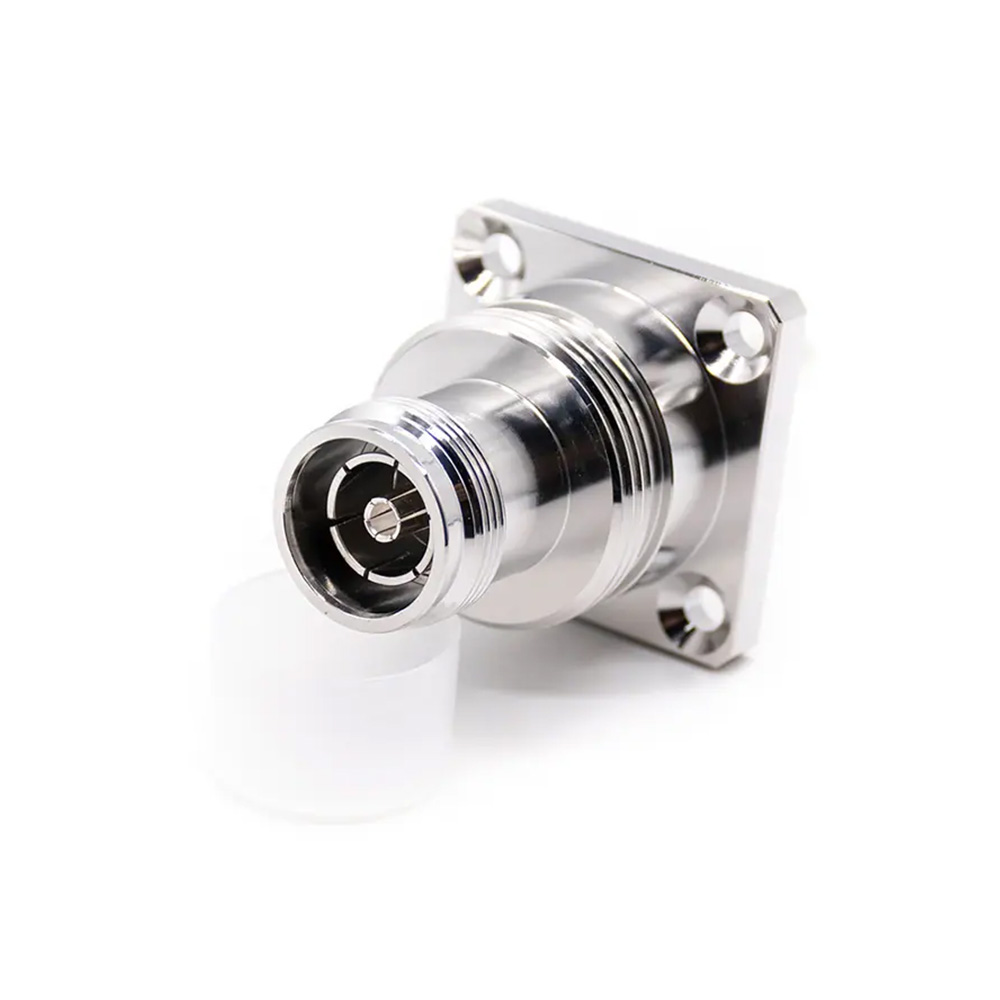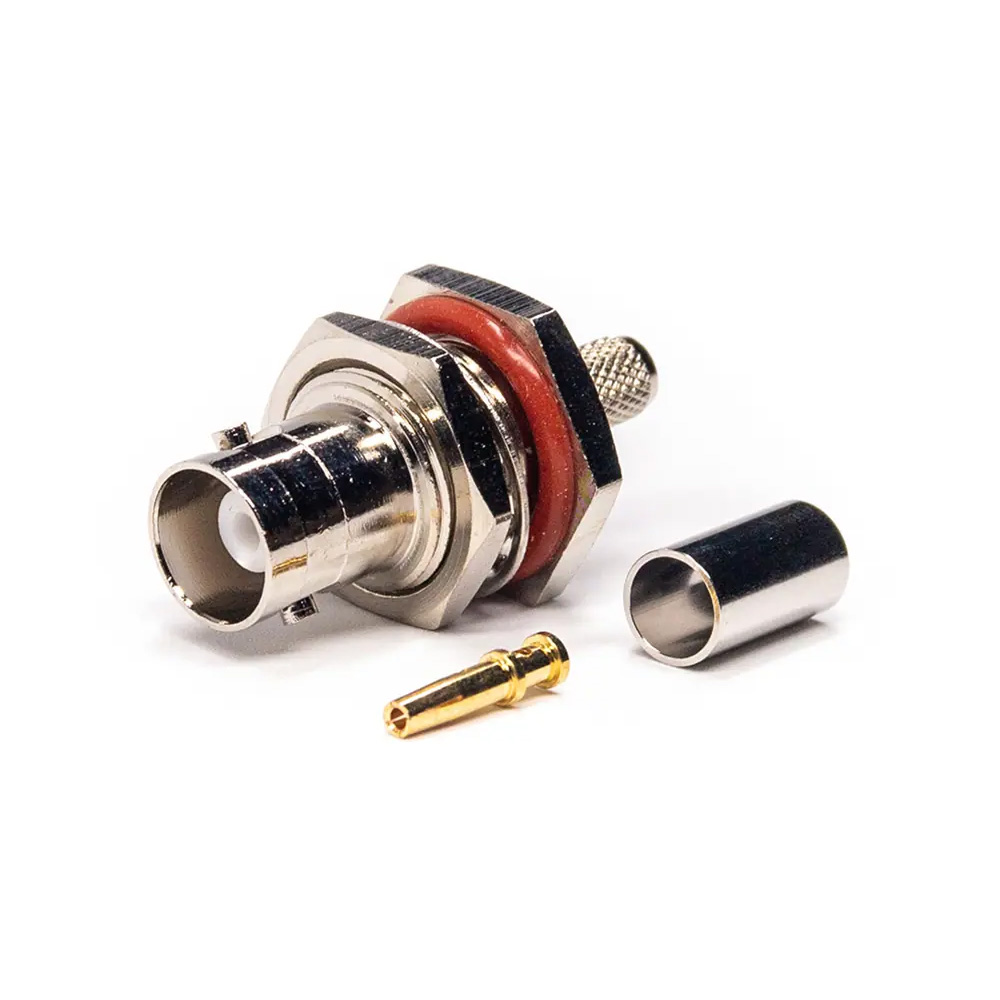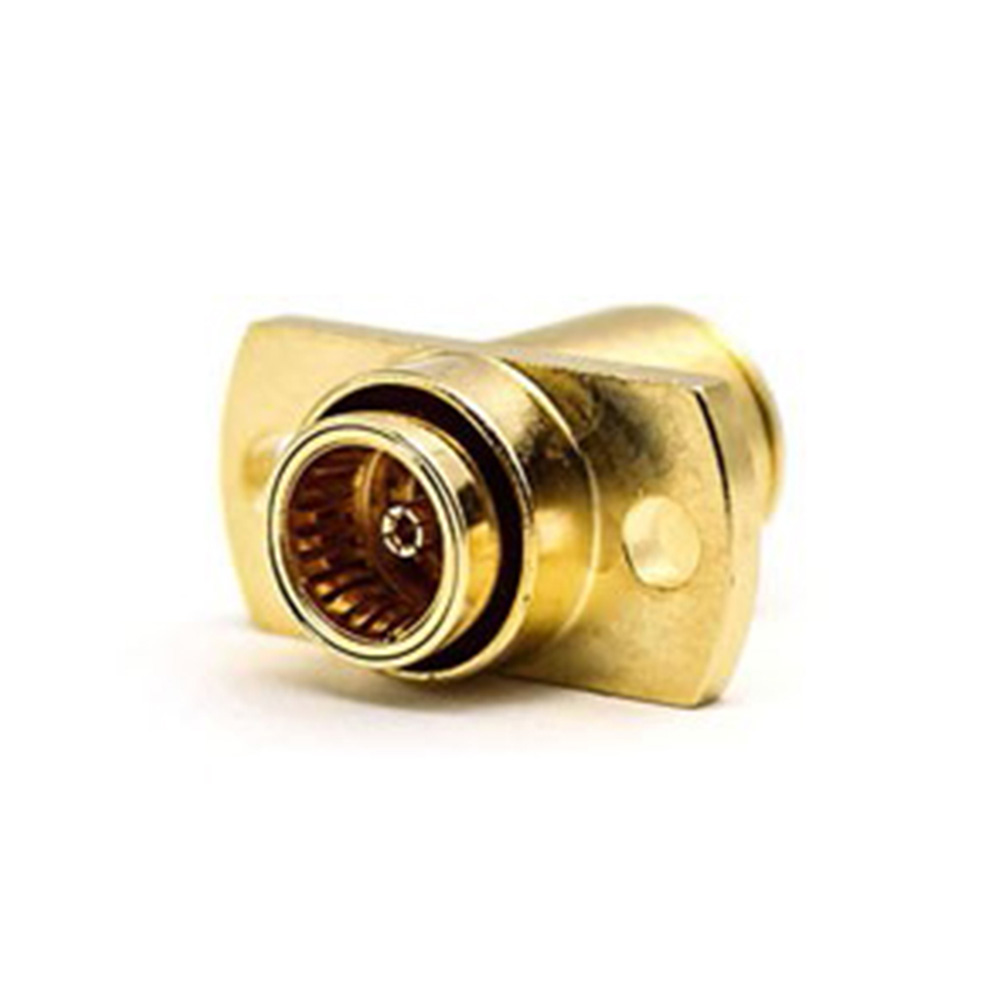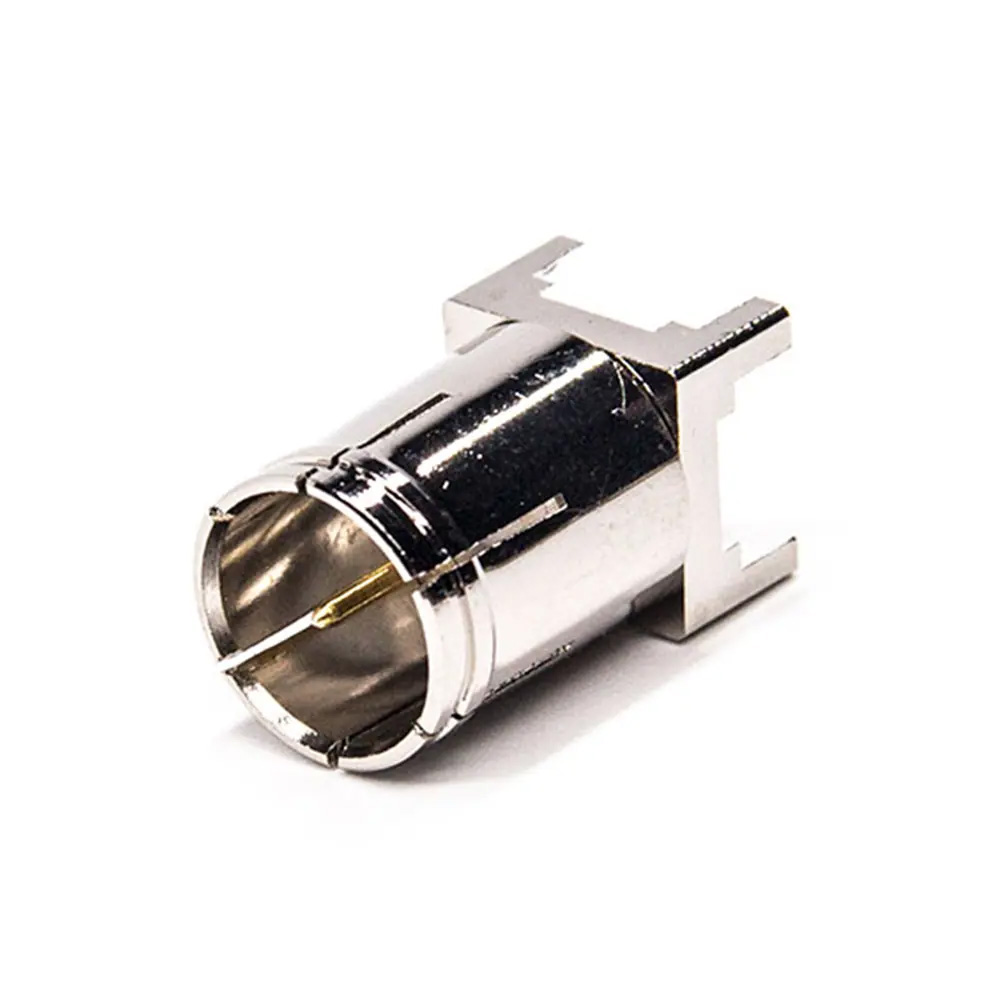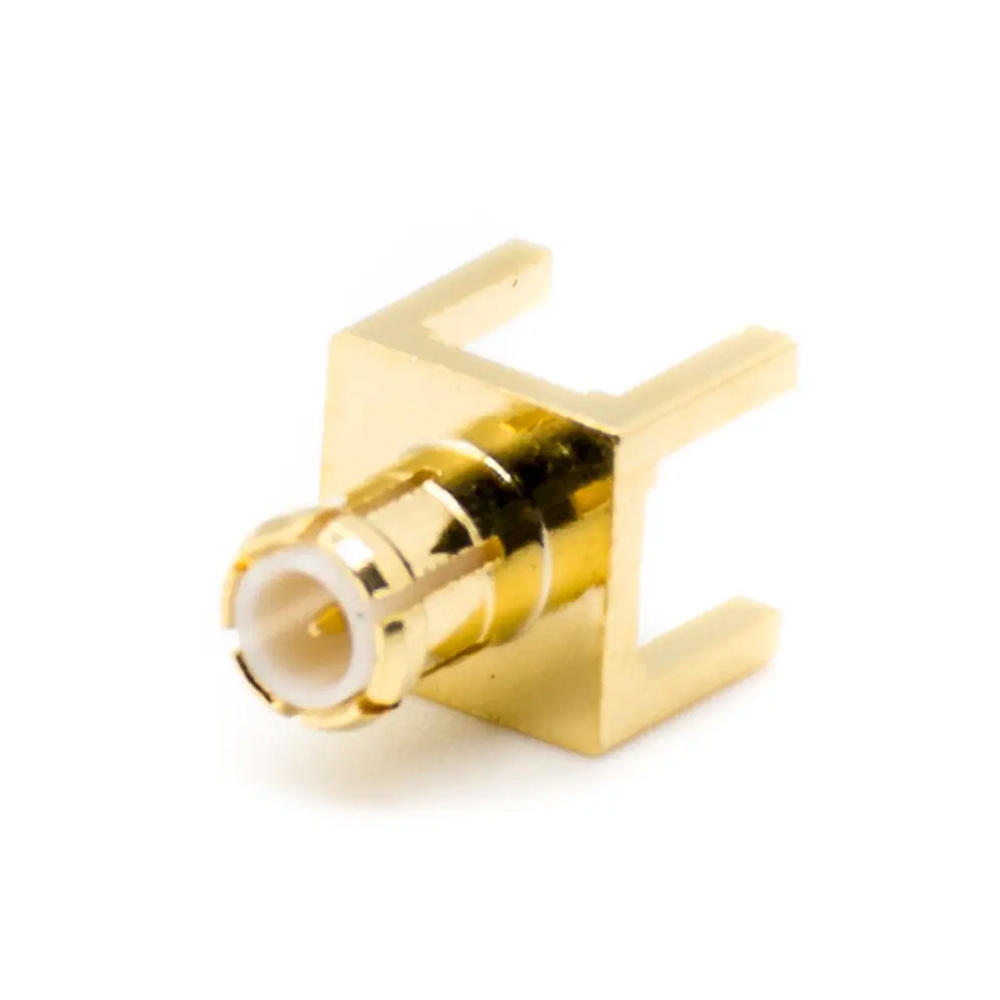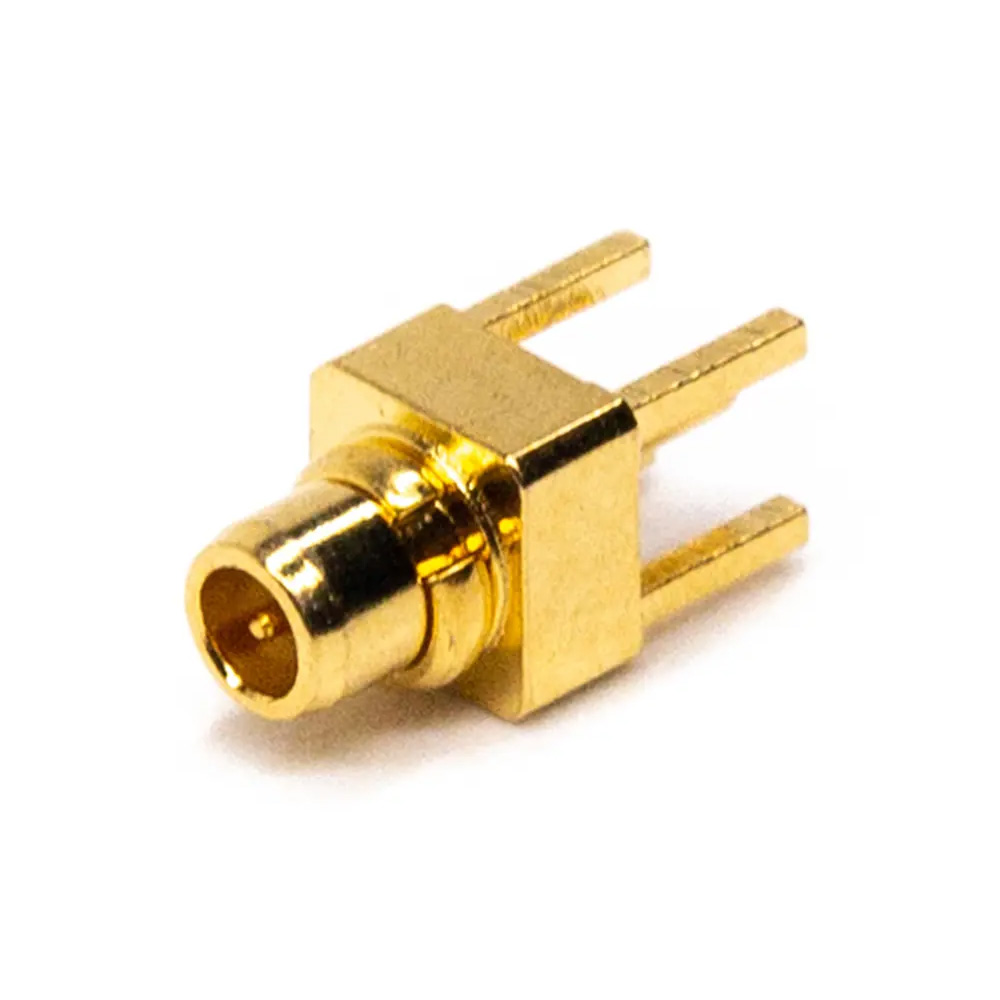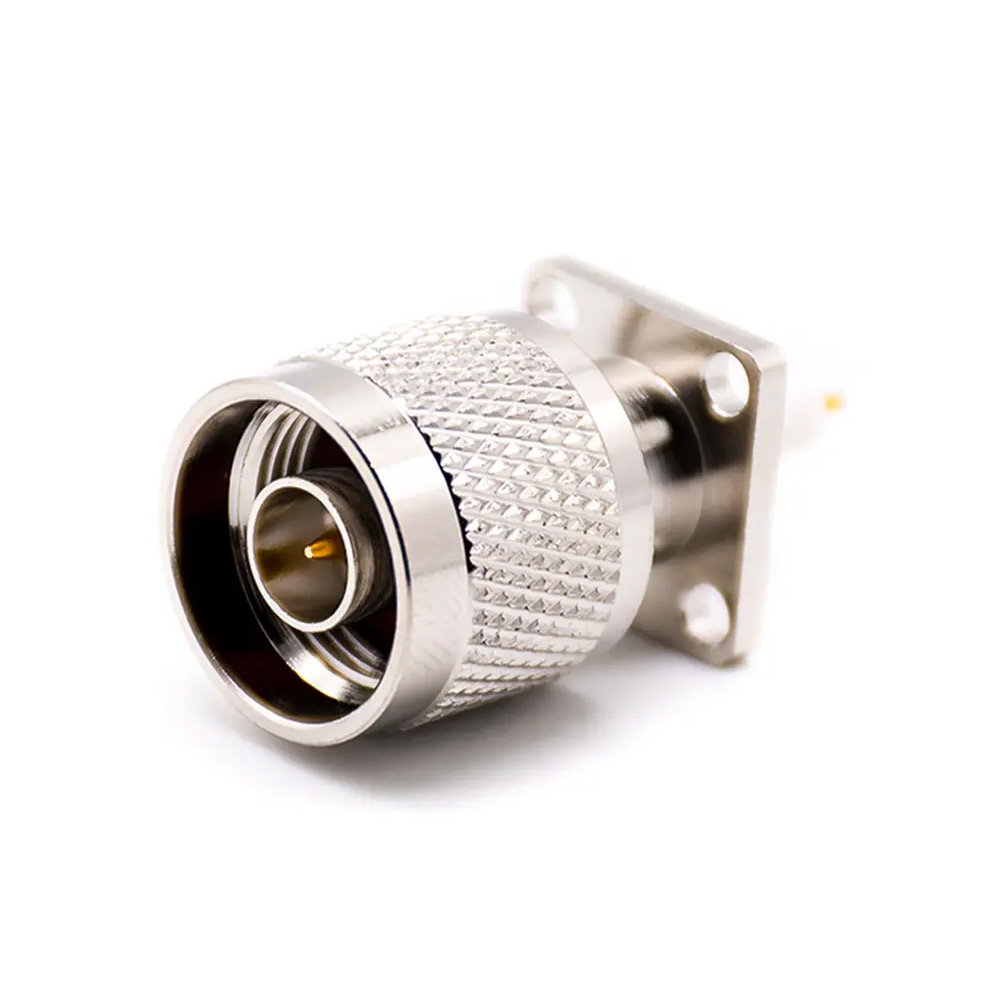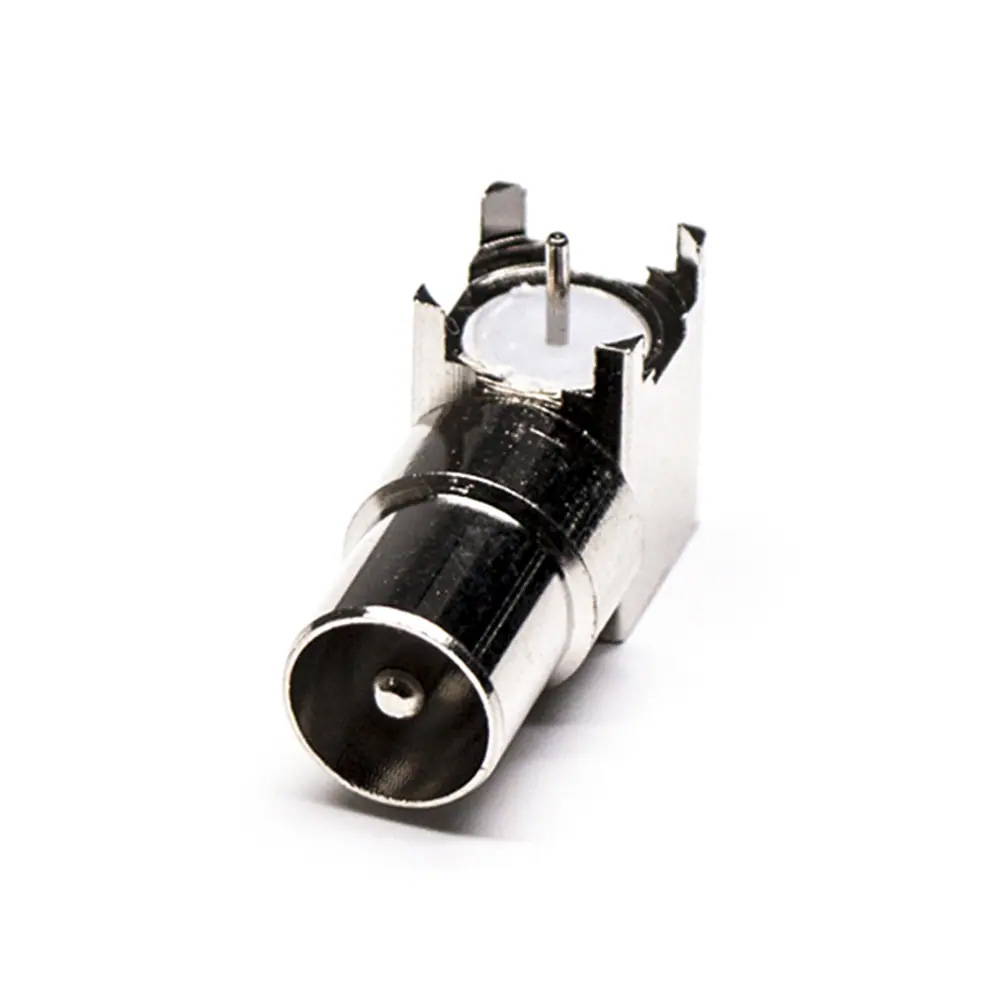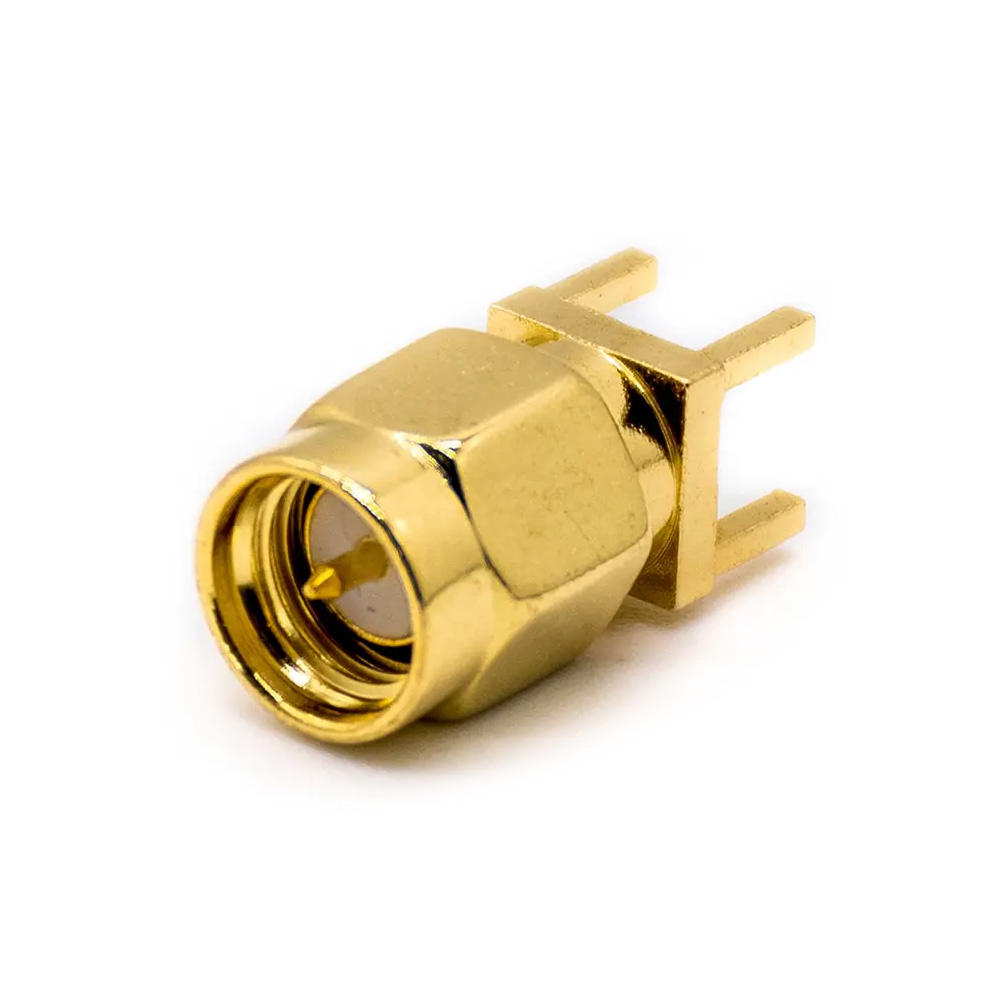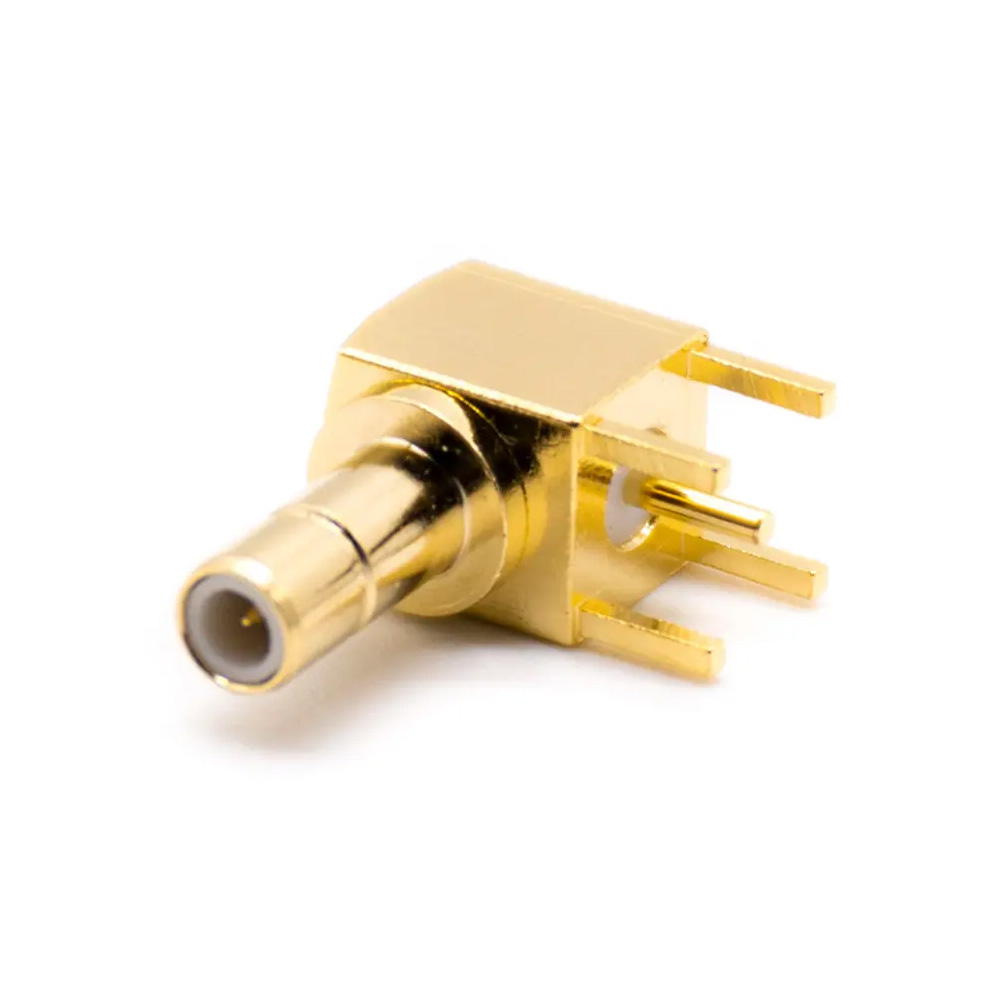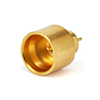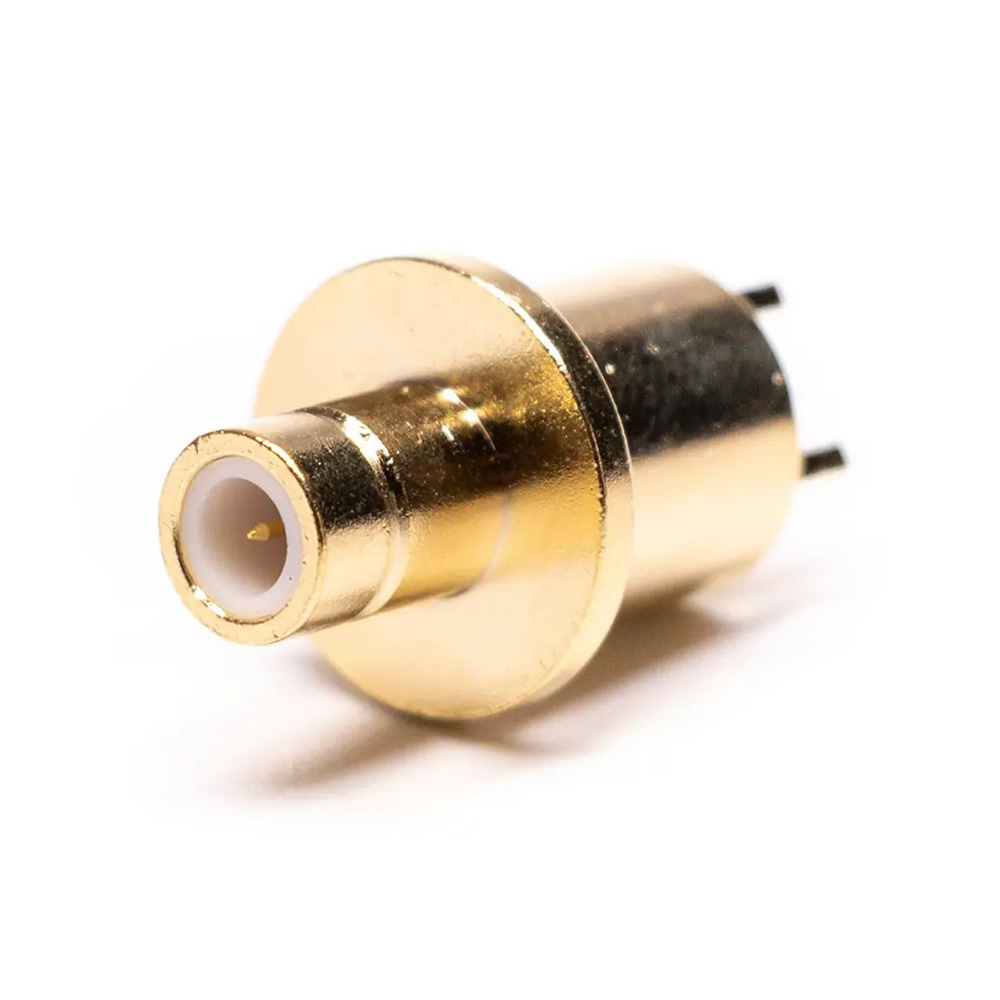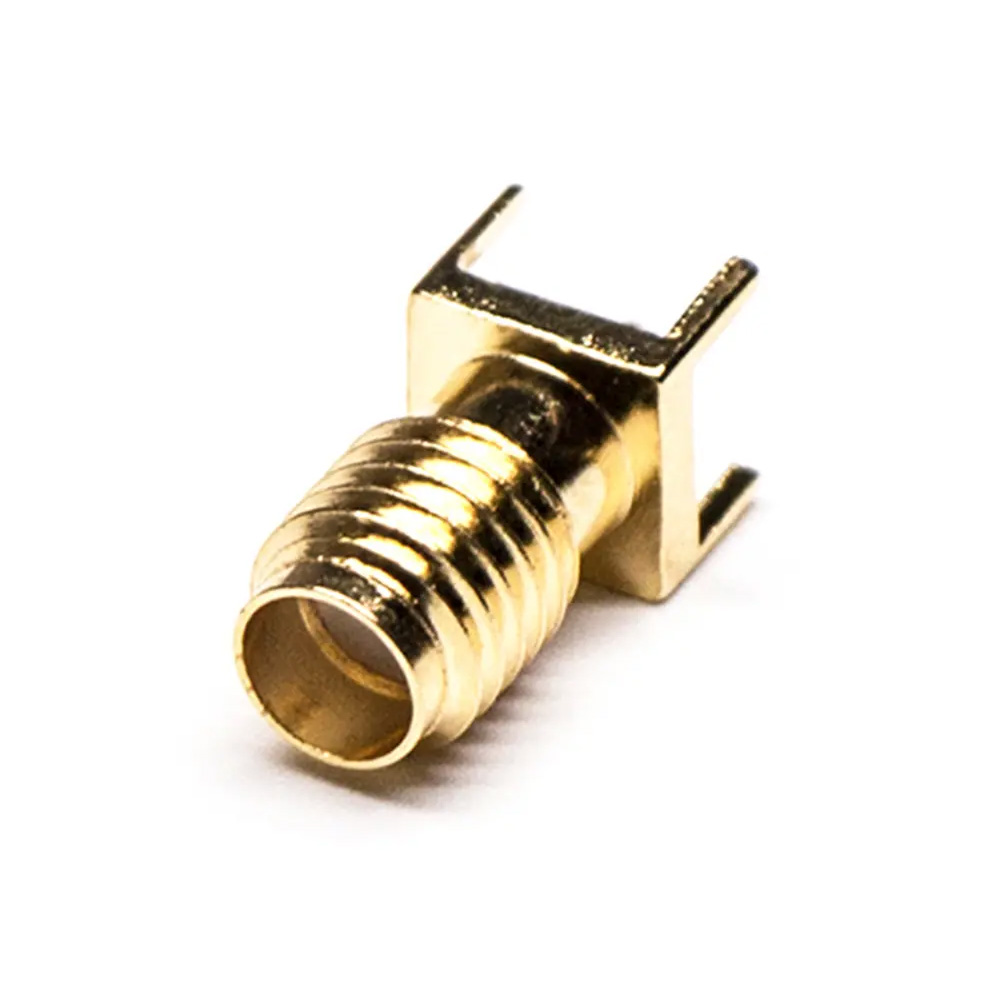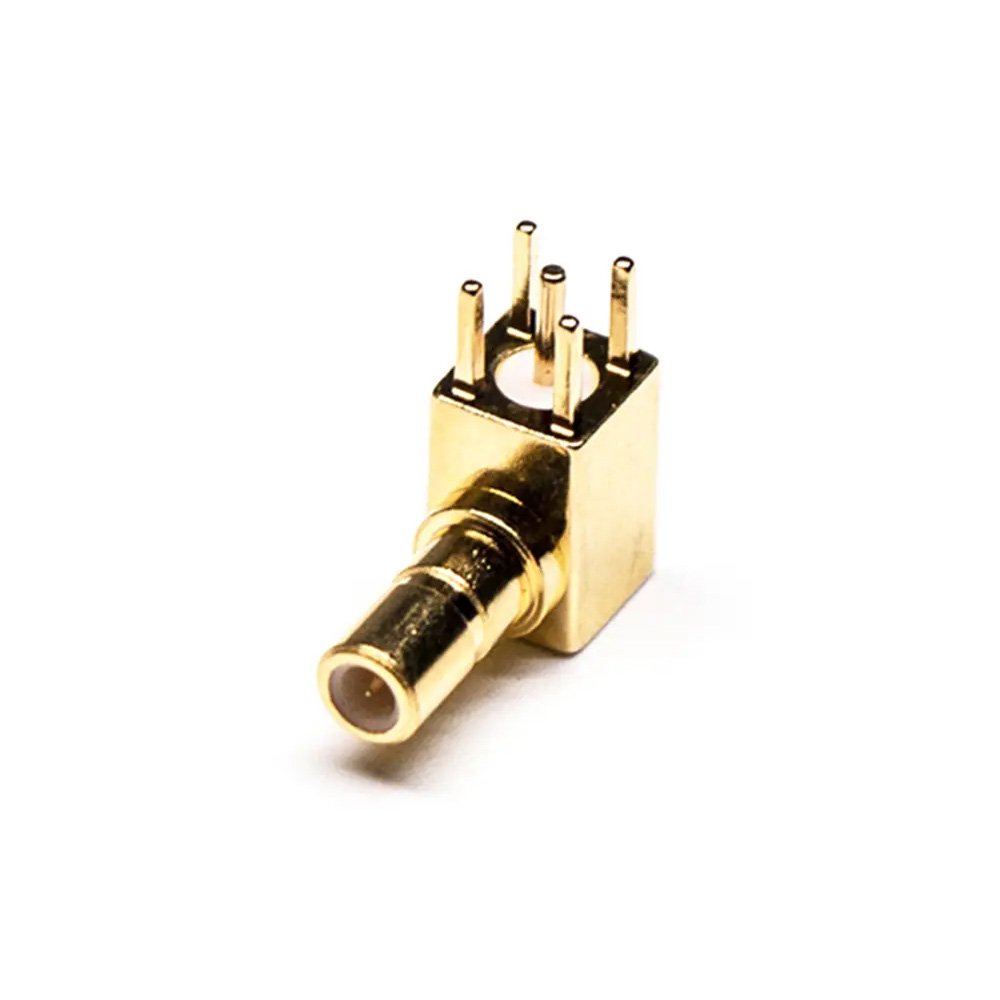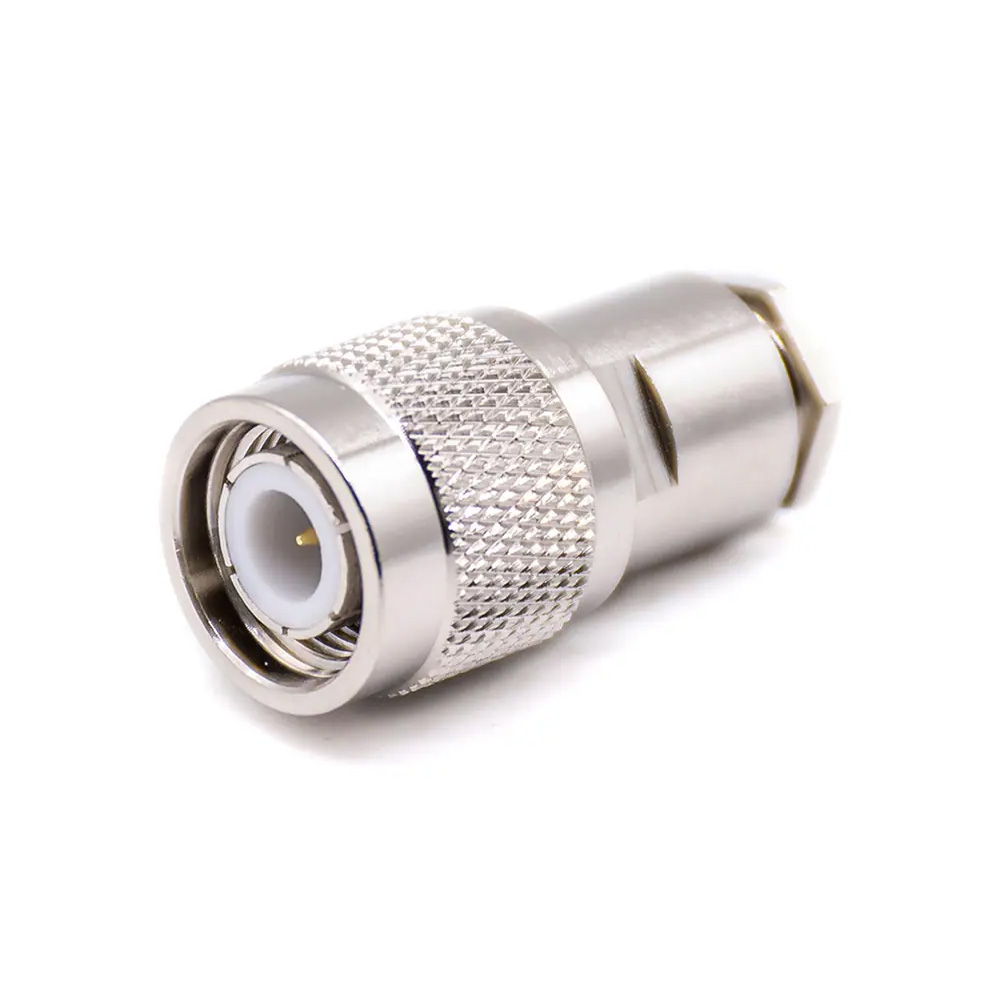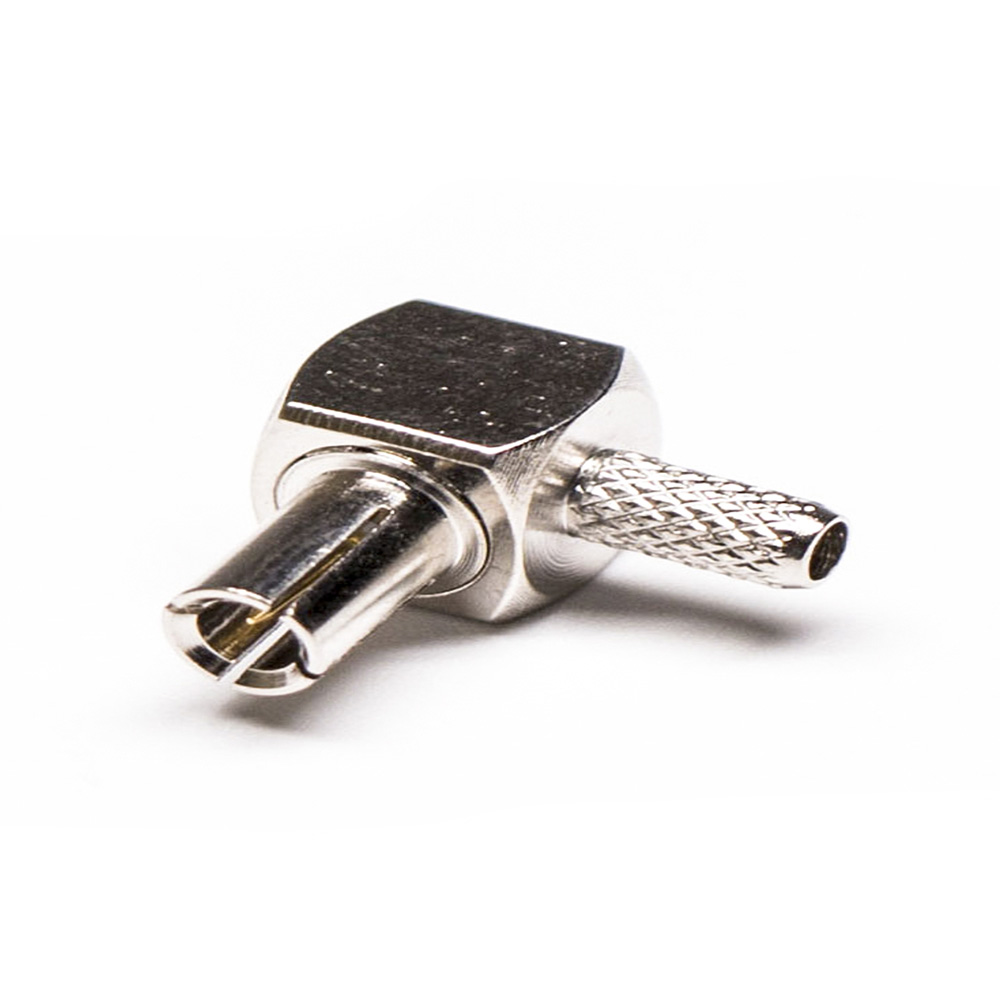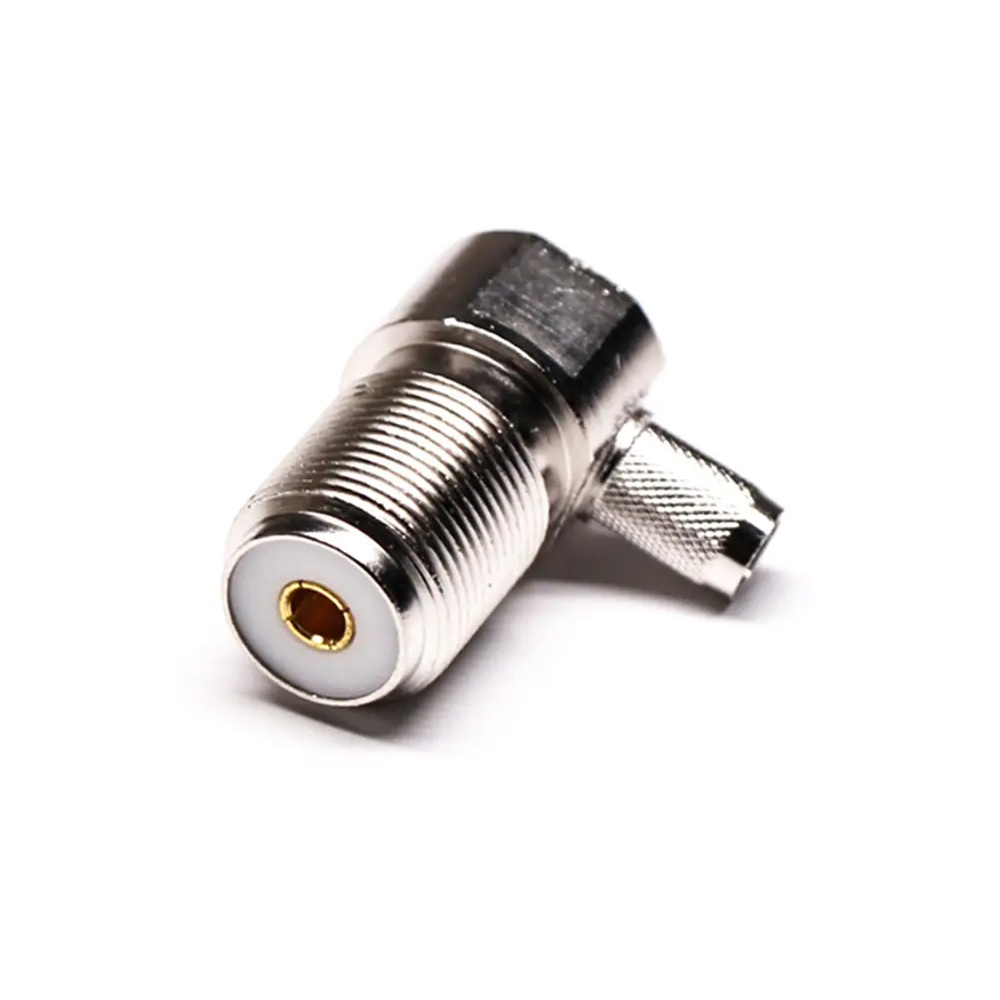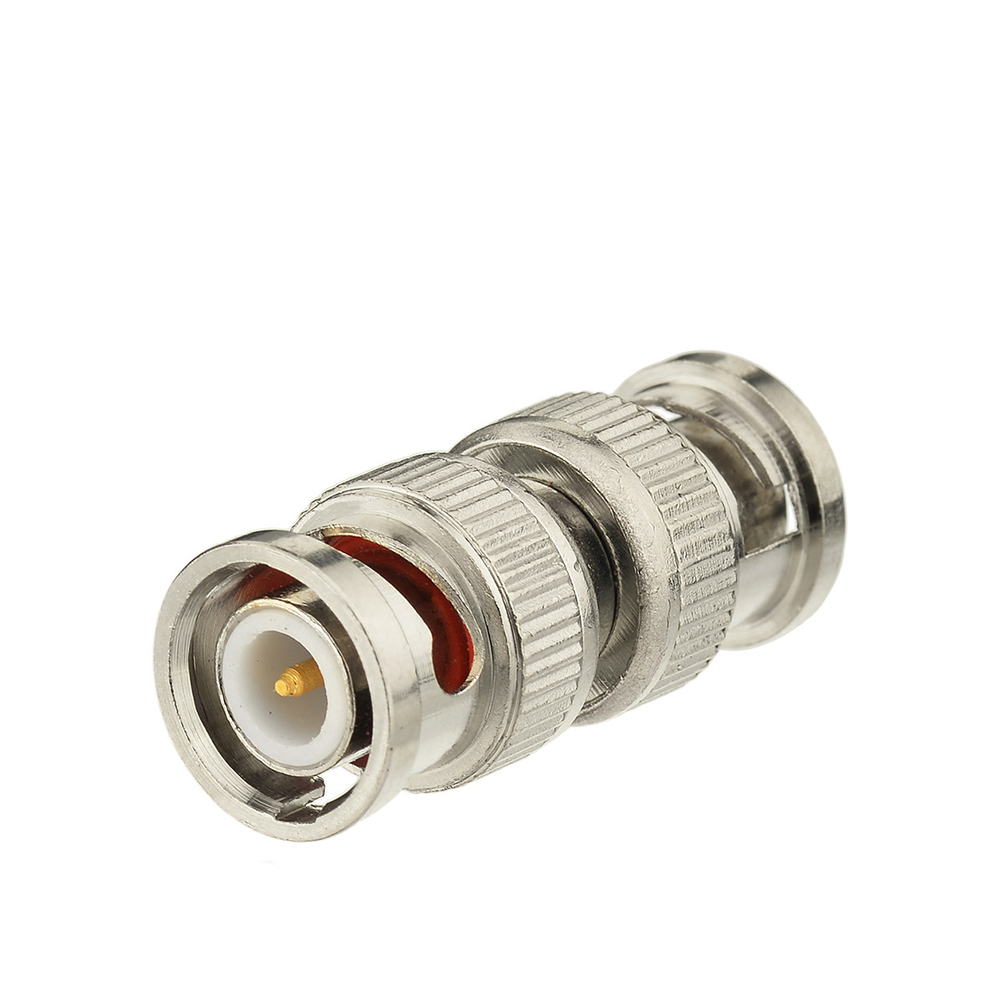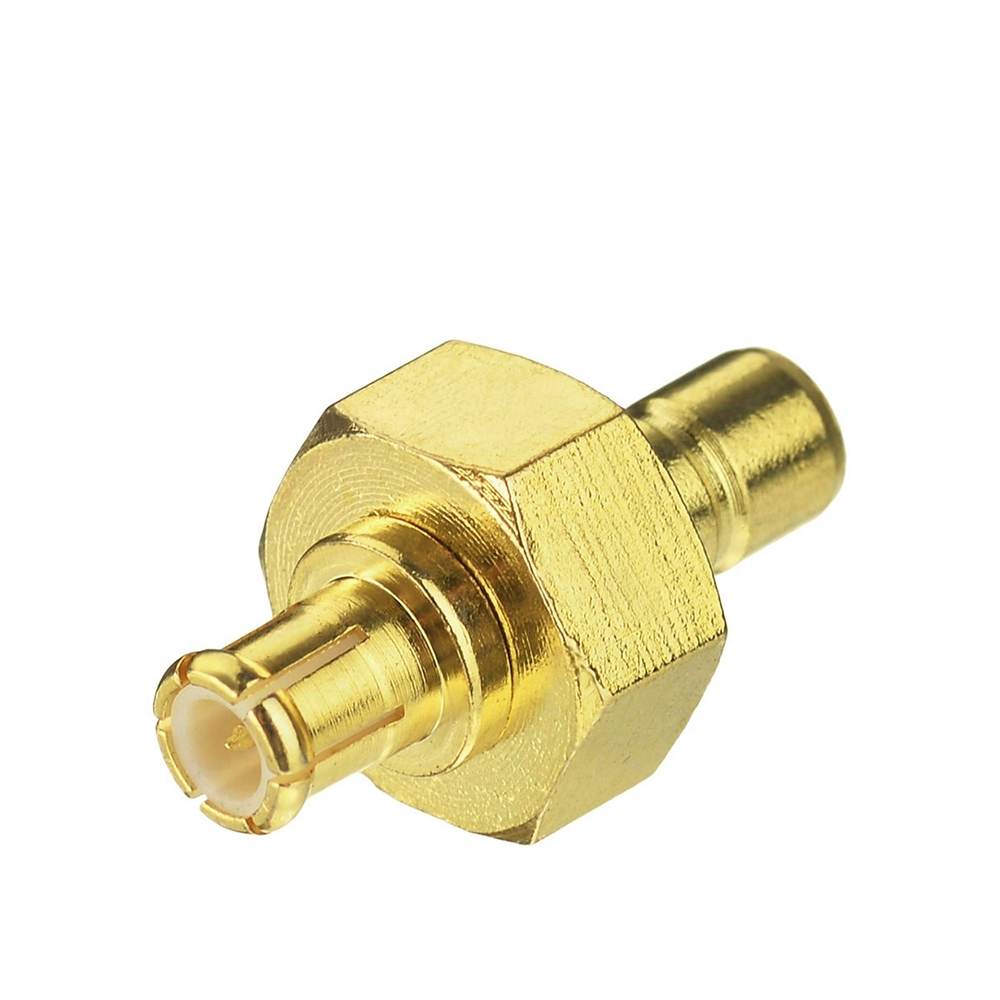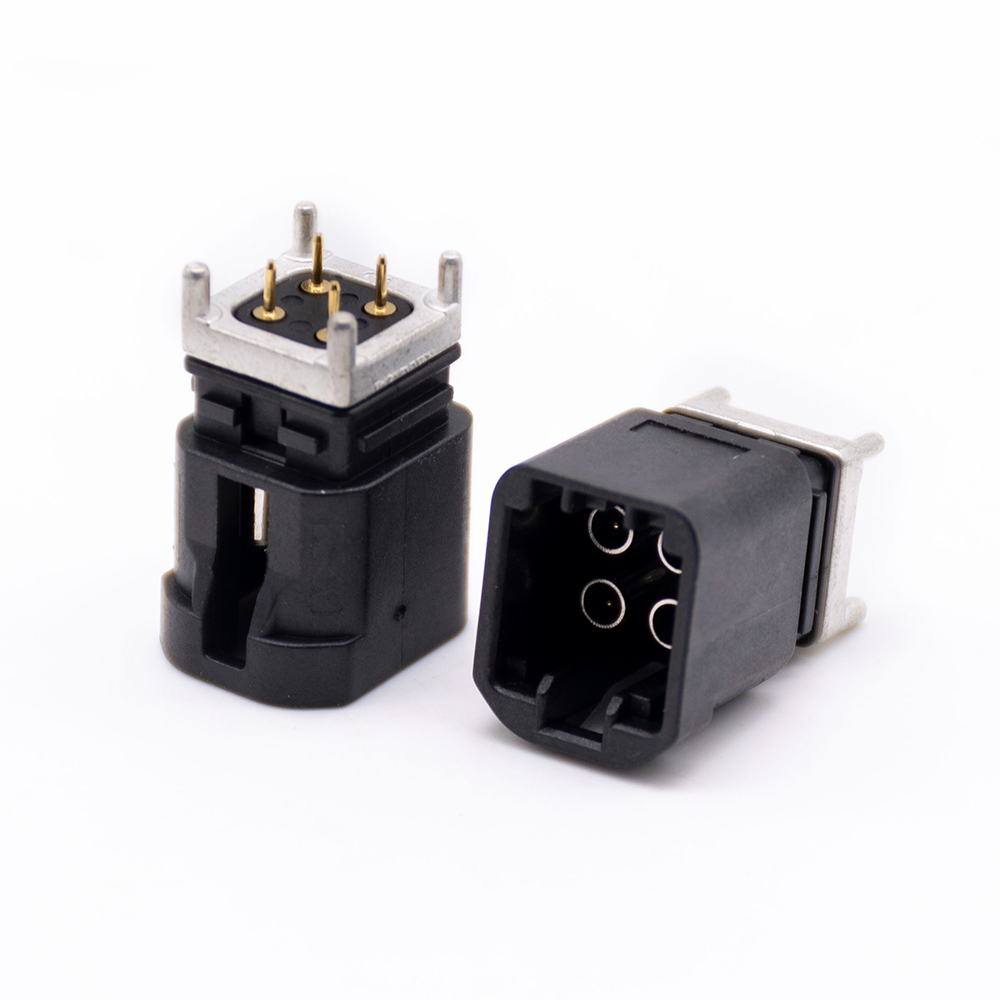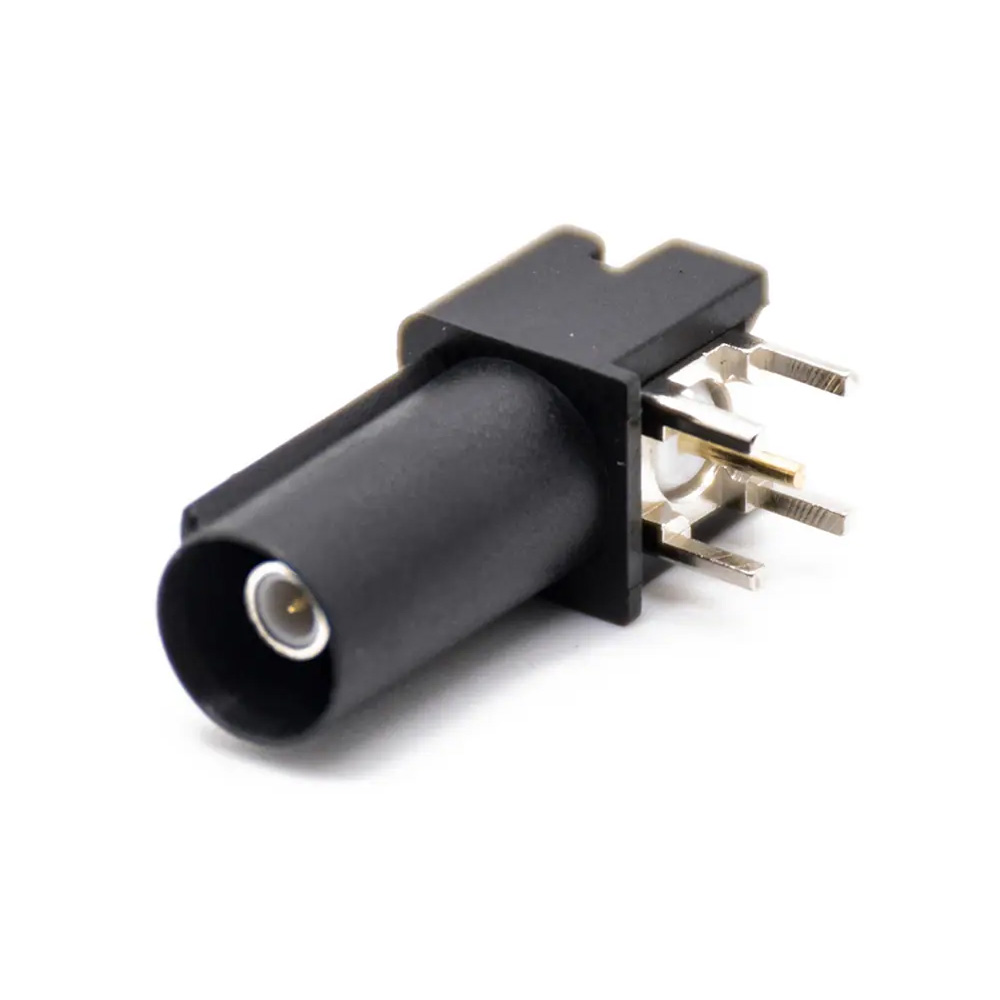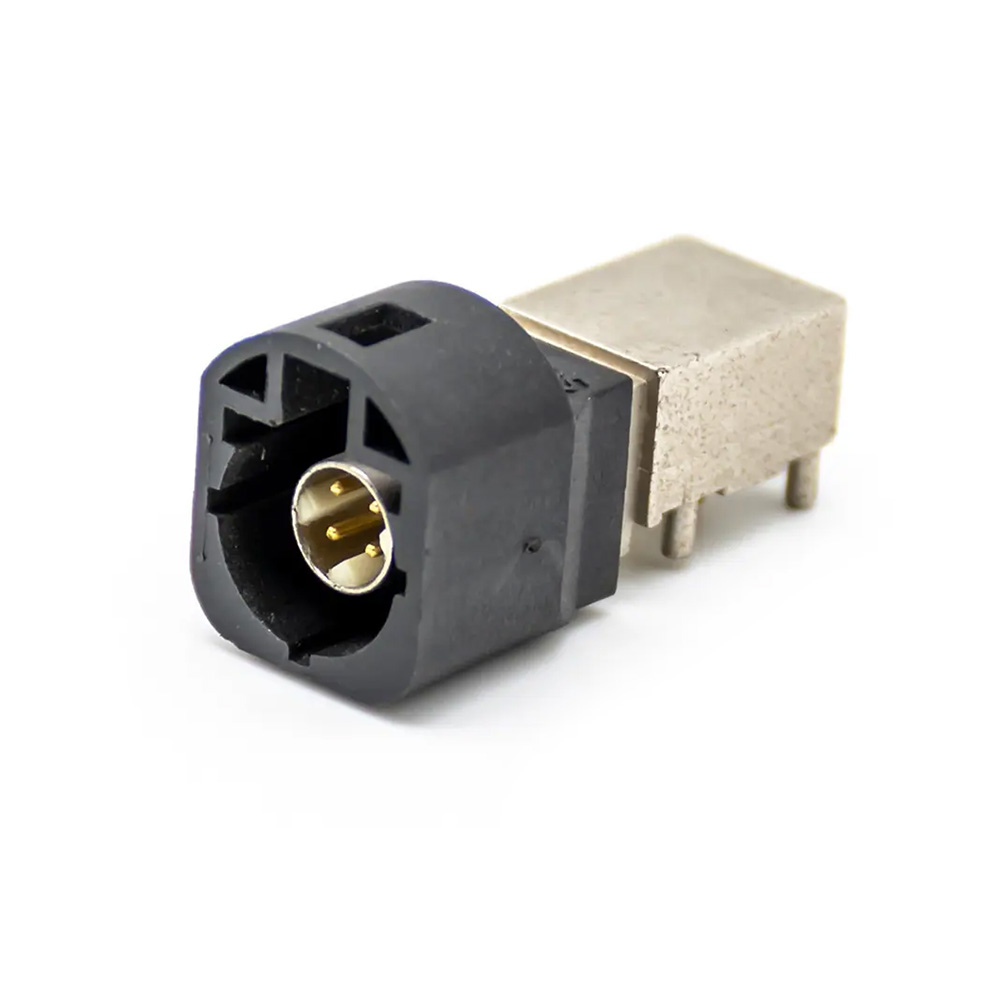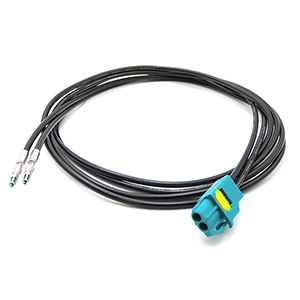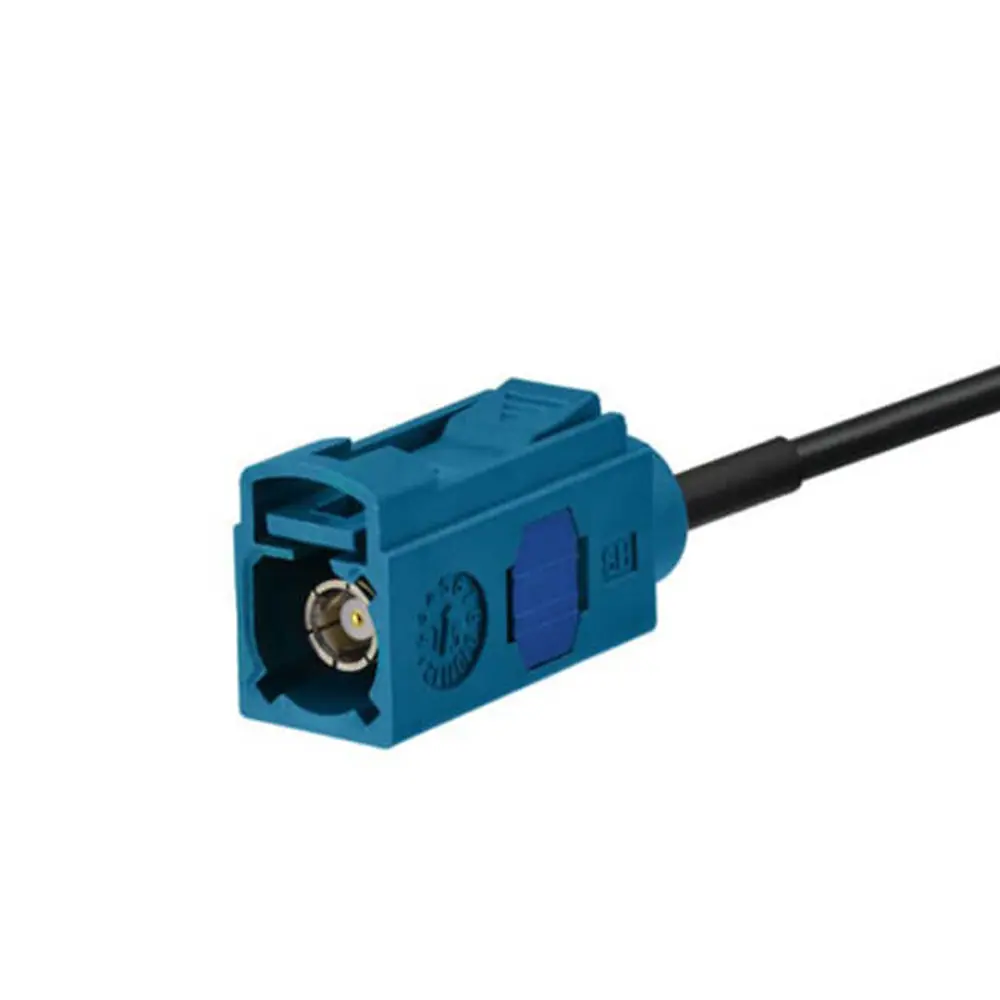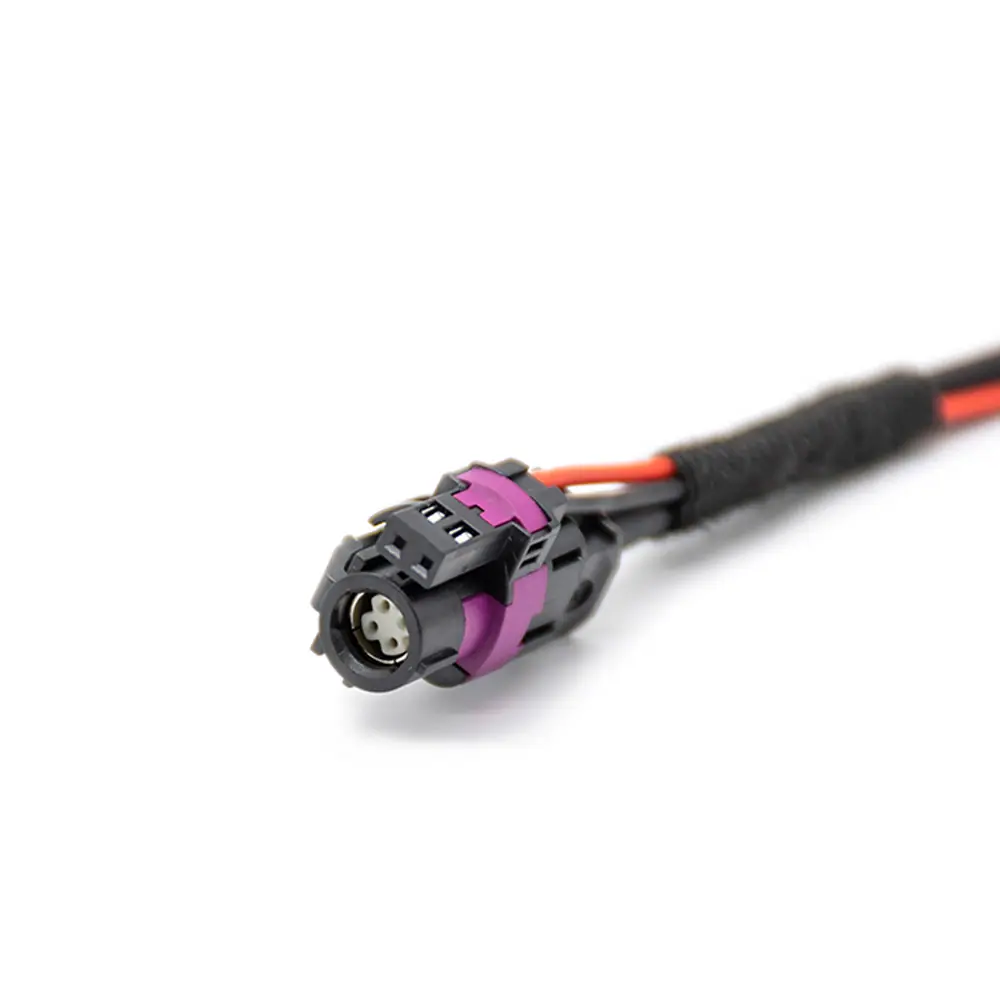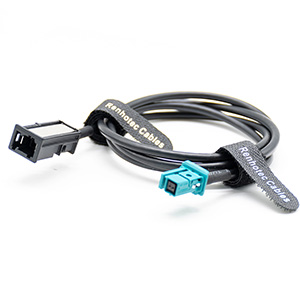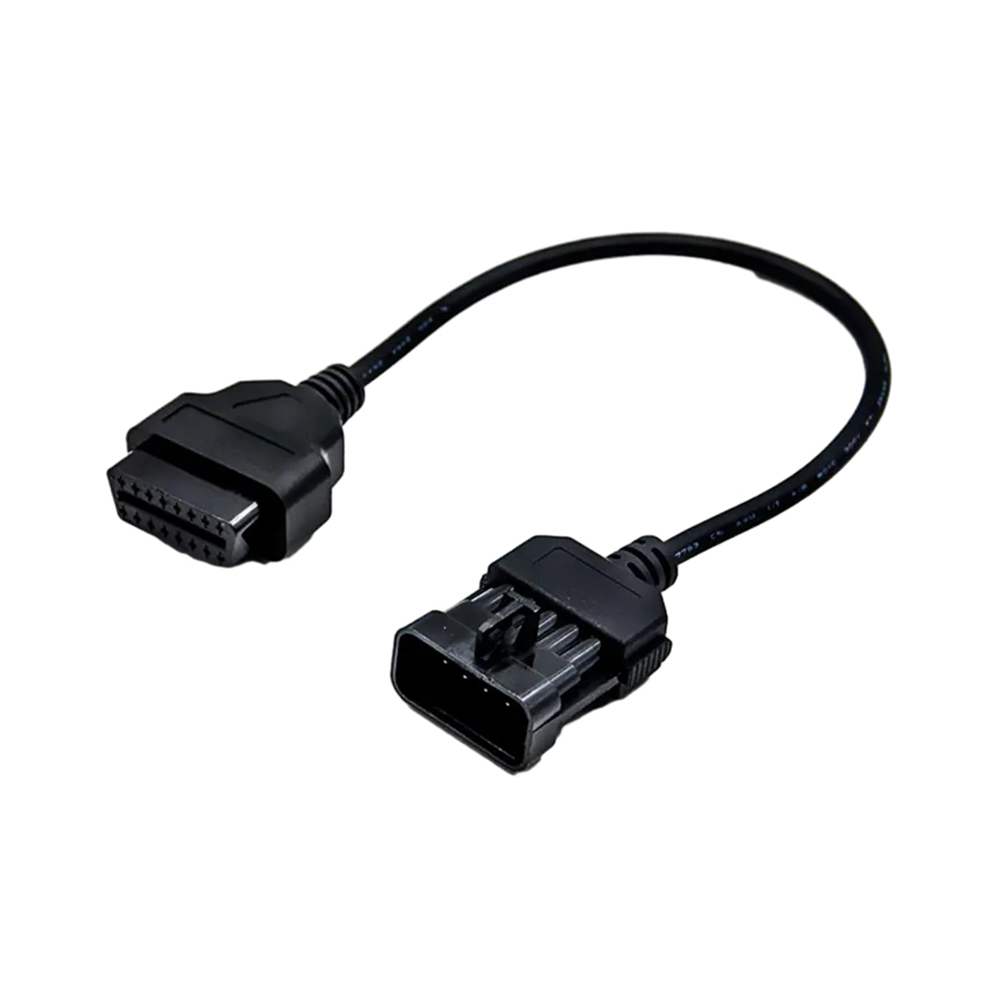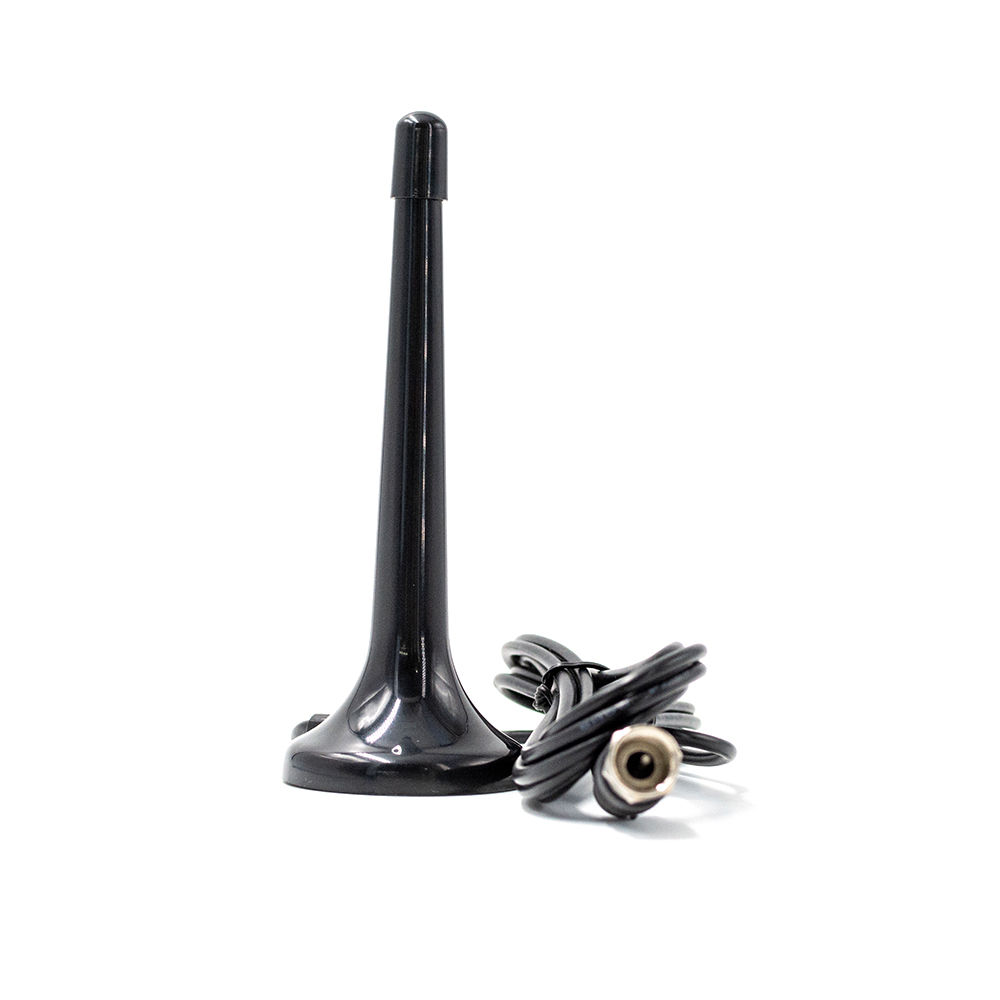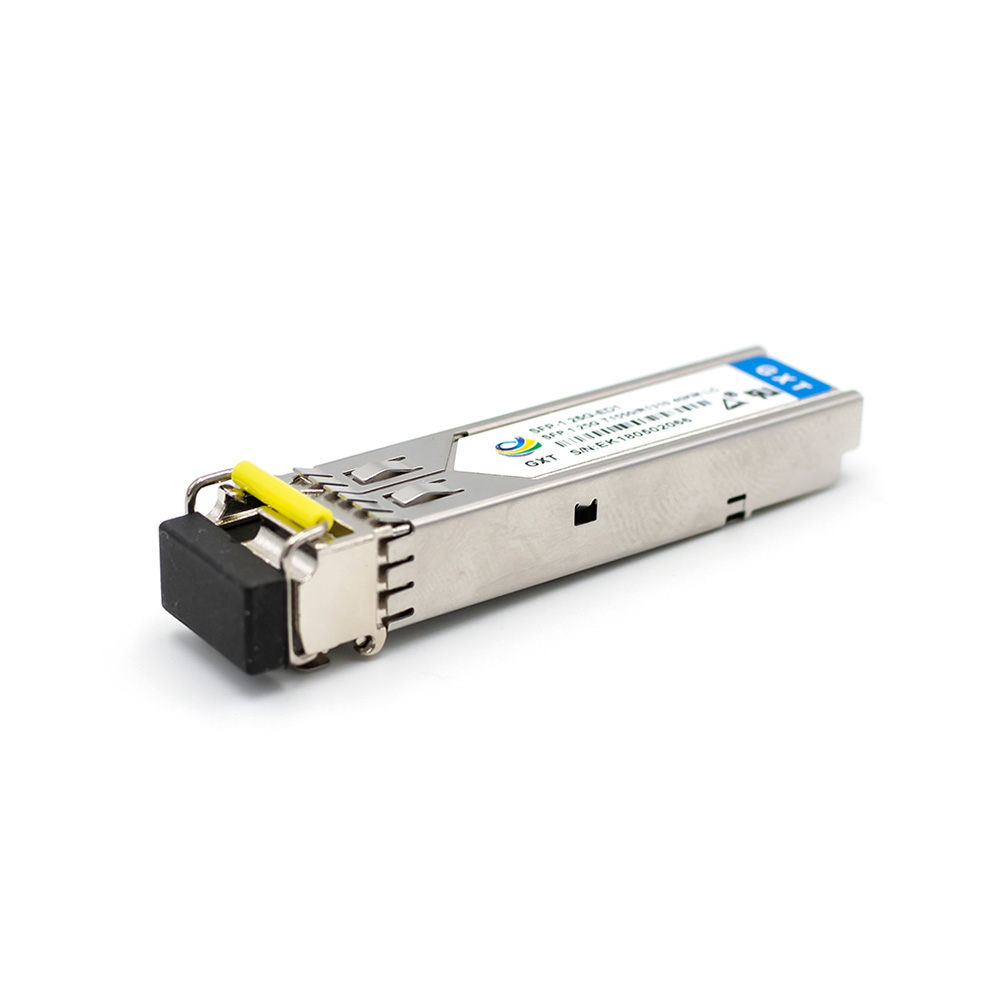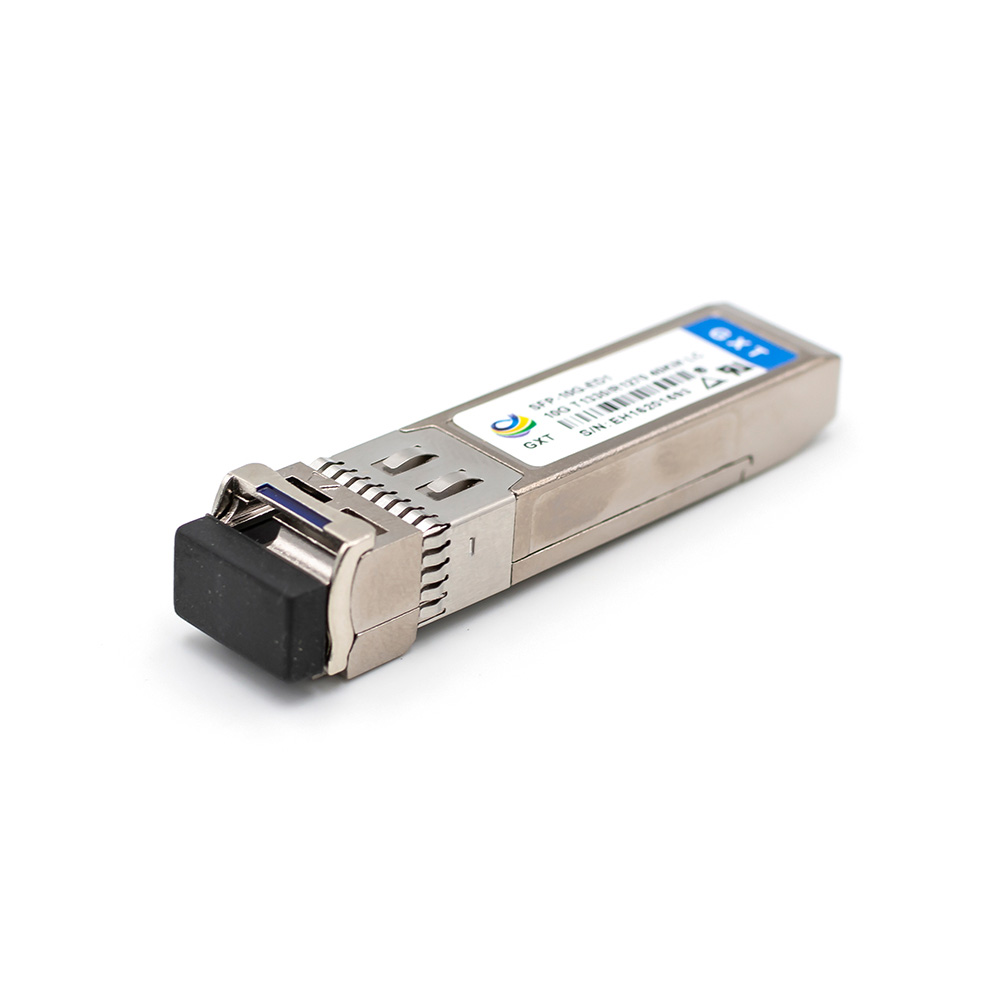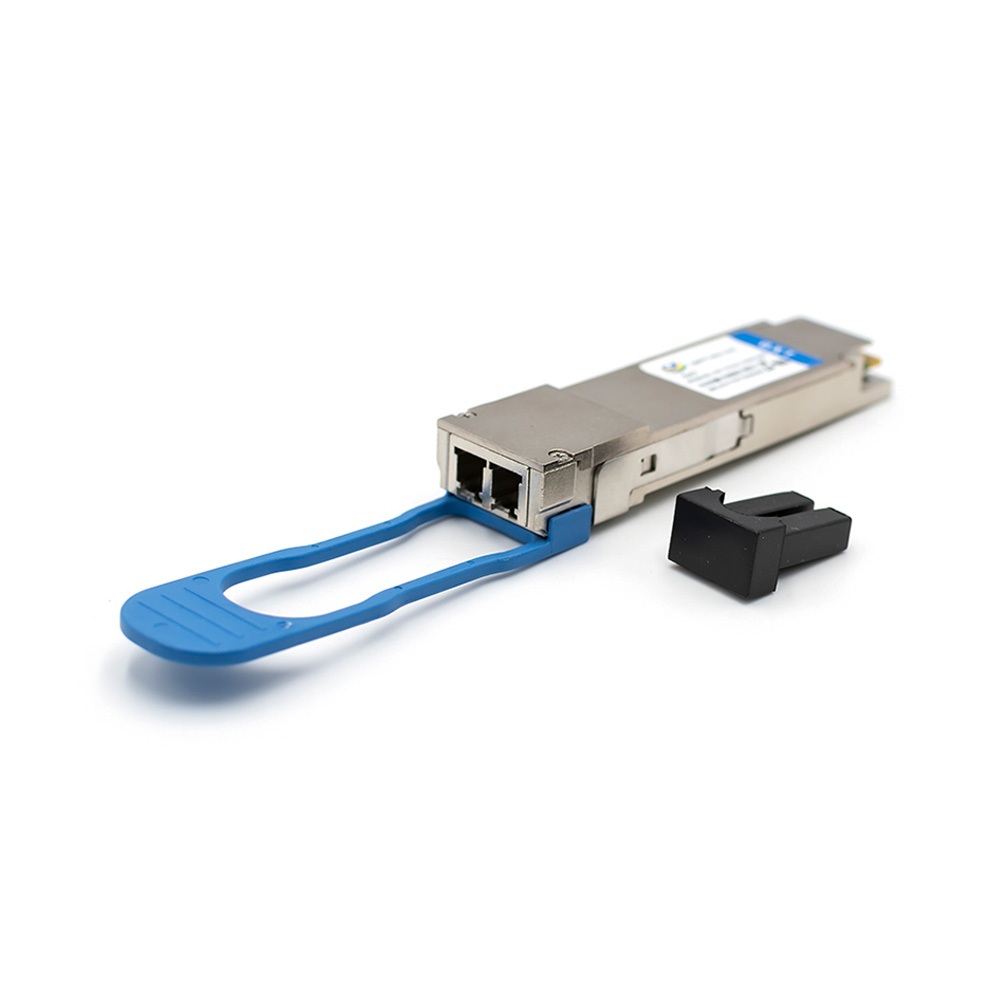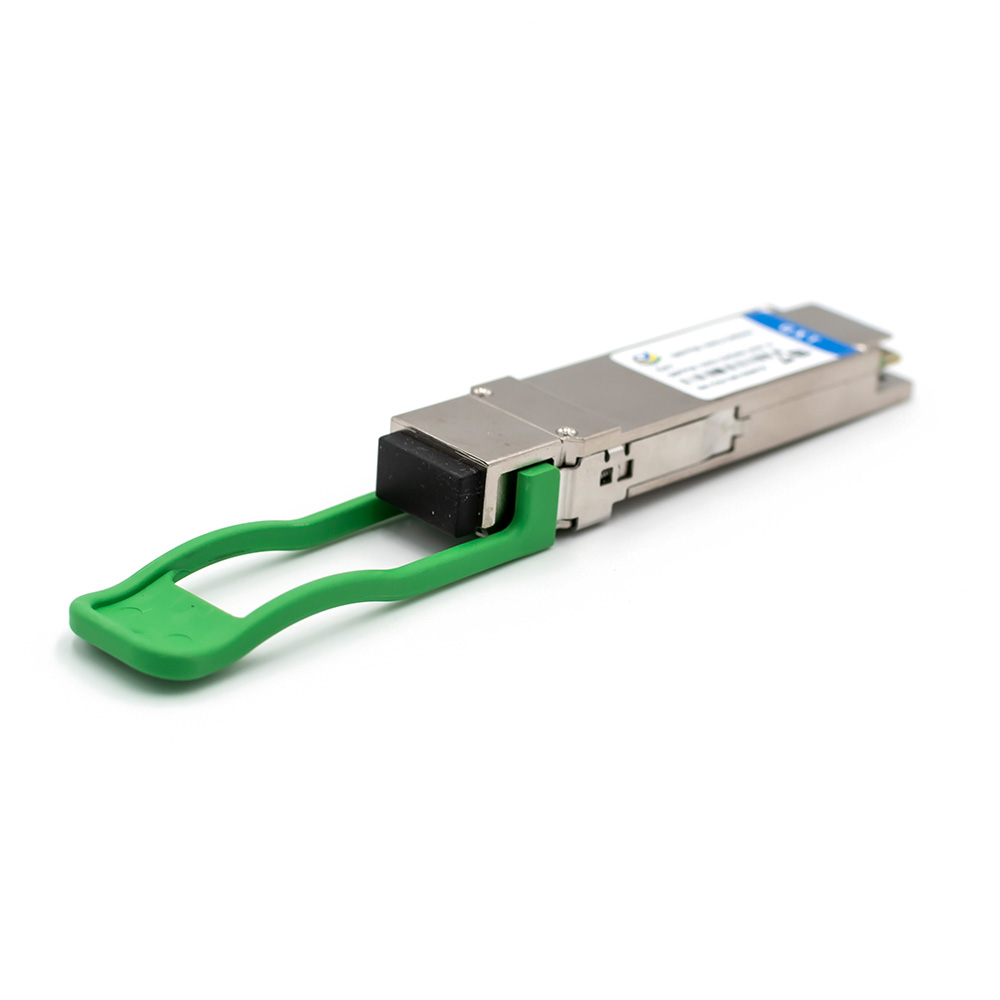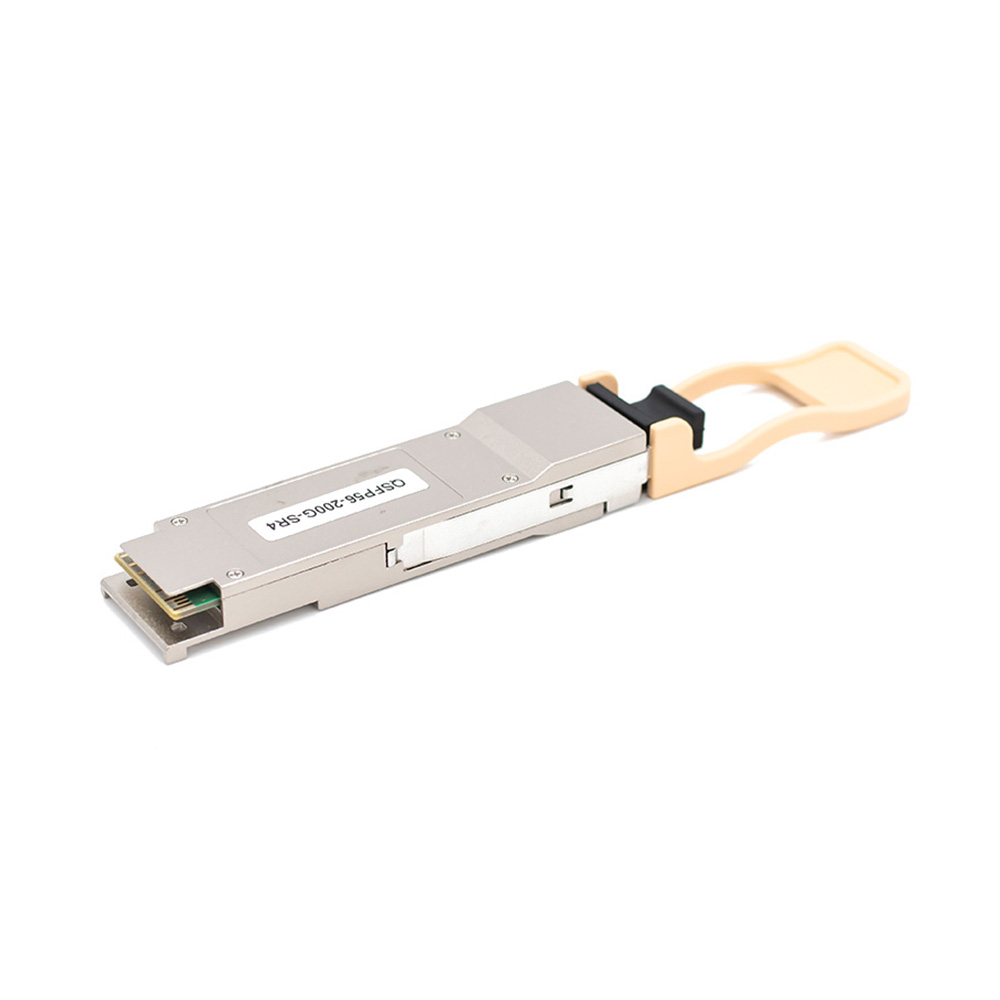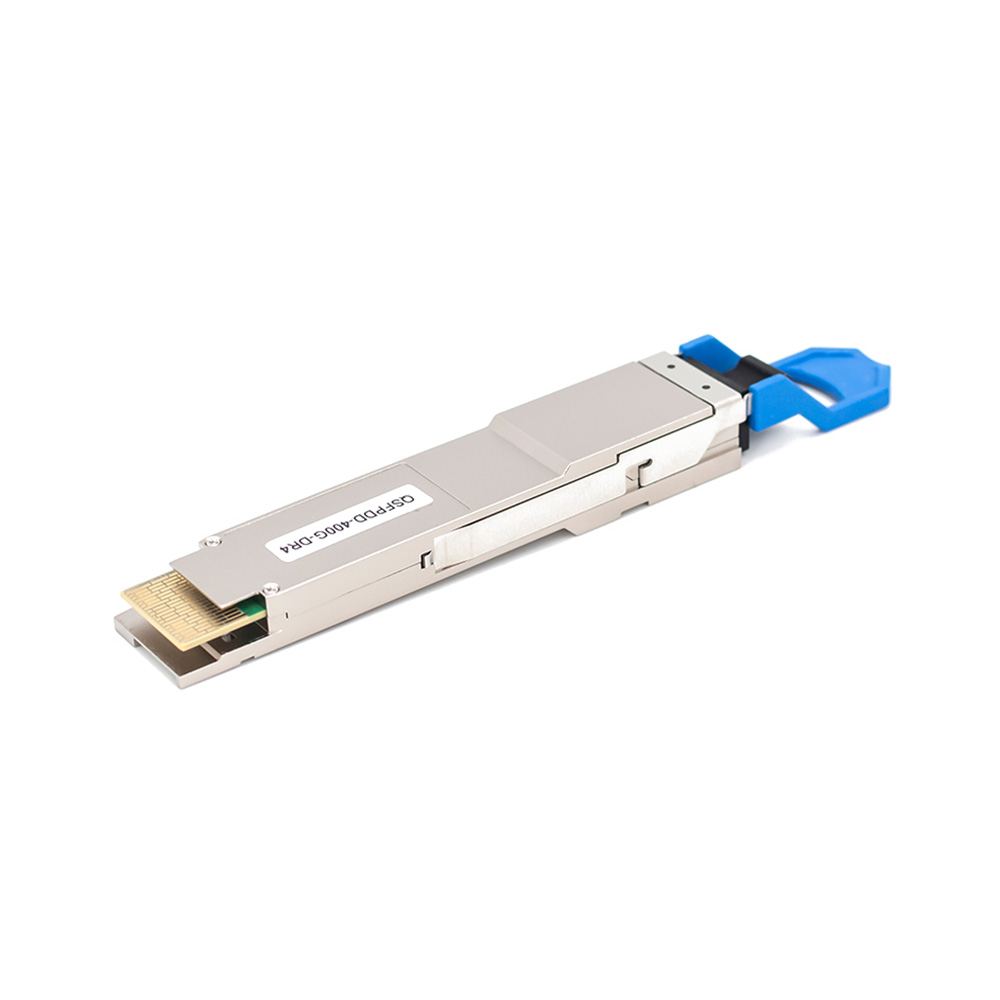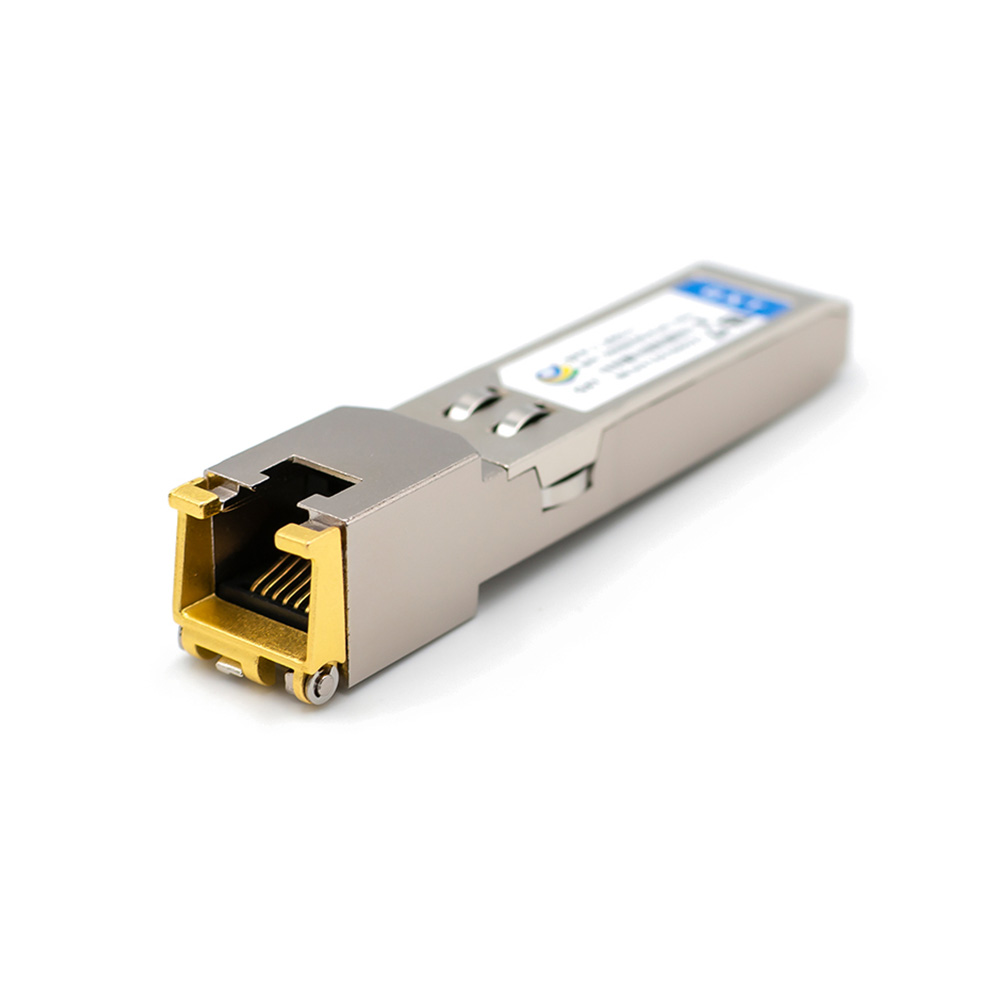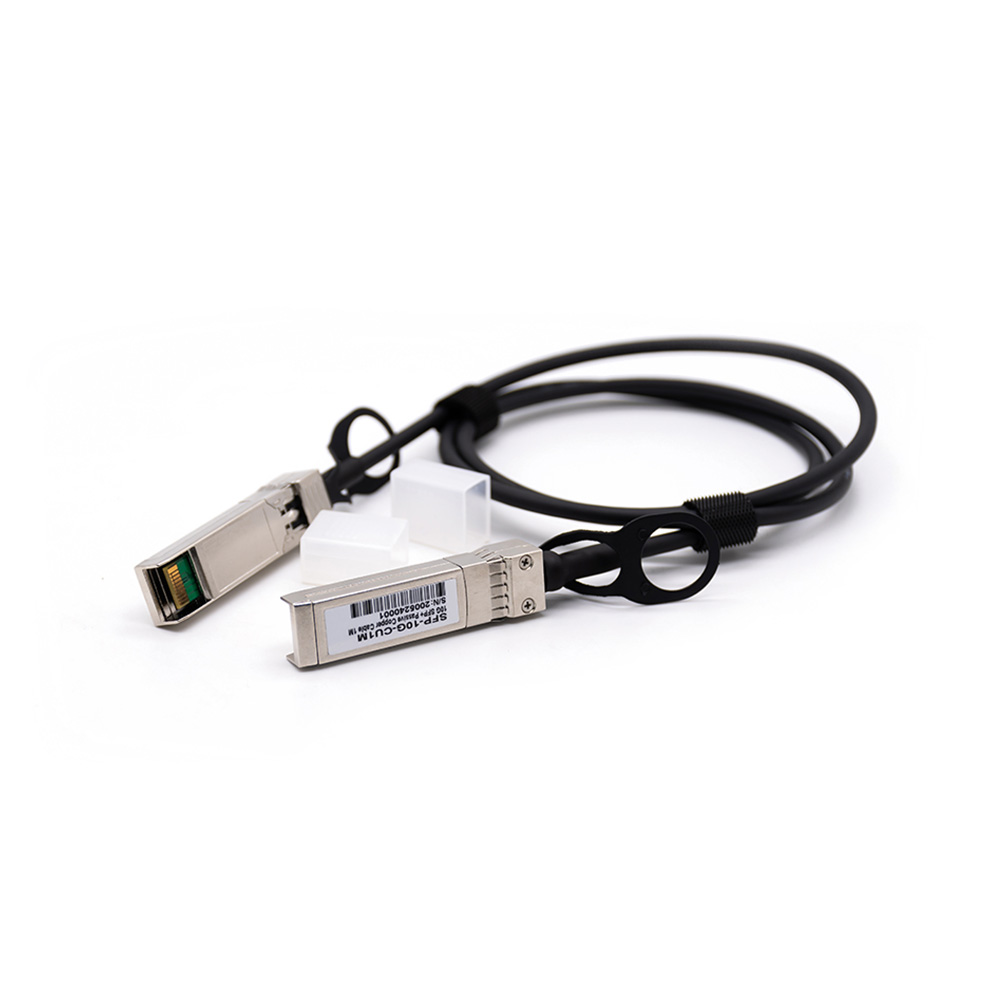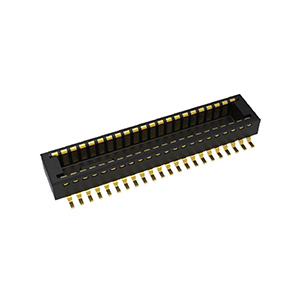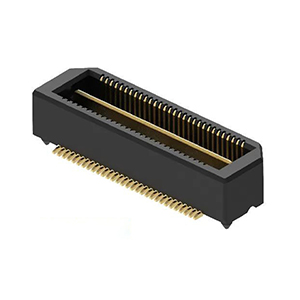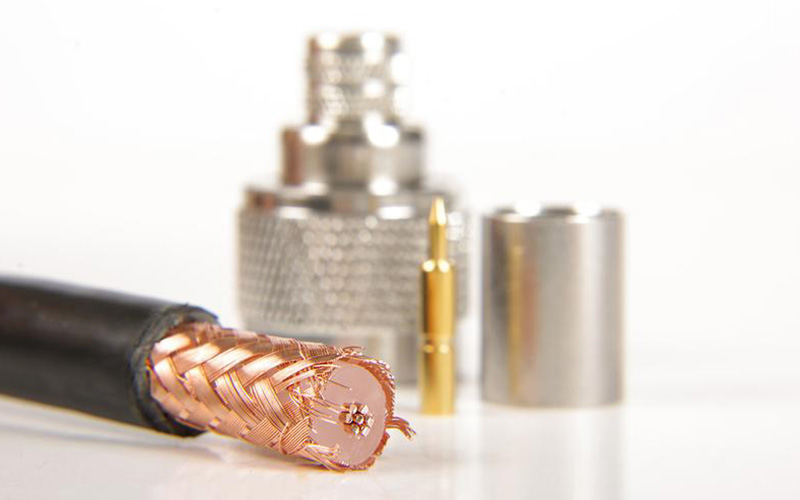RF Connector & Cable
What is Coaxial Cable?
Coaxial cable is a multifunctional transmission medium for analog and digital signal transmission, widely used in television transmission, long-distance telephone transmission, computer systems and short-distance connections between local area networks and other fields. In the field of TV transmission, it is the main transmission means of cable TV system, which can support the load of dozens to hundreds of TV channels and cover a transmission range of dozens of kilometers. For a long time, coaxial cable has been an important part of the long-distance telephone network. Today, however, it is facing fierce competition from transmission technologies such as optical fiber, terrestrial microwave and satellite.
How it Works
Coaxial cable consists of four layers: an inner copper wire, a plastic insulator, a mesh conductive layer, and a wire jacket. The inner copper wire and mesh conductive layer create a current loop, giving the cable its “coaxial” name. It carries alternating current, reversing direction several times per second. When transmitting high-frequency current through a regular wire, it acts as an antenna, emitting radio waves and weakening the signal. Coaxial cables address this issue by isolating the radio emission from the center wire with a conductive layer that can be grounded.
However, if a section of the cable is squeezed or twisted, the distance between the centerline and the conductive mesh layer may change. This change can cause internal radio waves to be reflected back to the signal source, reducing the power of the received signal. To minimize this, manufacturers add plastic insulators to keep the distance between the centerline and the conductive mesh layer consistent. This results in a relatively stiff and less flexible cable. The shielding material of coaxial cables has seen significant improvements, evolving from a tubular outer conductor to a single layer of braided shielding, and then to a double-layer metal shielding. While the tubular outer conductor offers excellent shielding, it is not very flexible. The efficiency of single-layer braided shielding is the lowest, with double braided shielding reducing transfer impedance by three times compared to a single layer. This demonstrates a significant improvement in the shielding effect of double braid shielding over a single layer. Leading coaxial cable manufacturers continuously enhance the outer conductor structure to maintain performance.
Types of Coaxial Cables
Coaxial cables come in two main types: baseband and broadband. Baseband coaxial cables typically have a copper mesh shield with a characteristic impedance of 50 Ω. They are used for transmitting digital signals, with RG-8 (thick cable) and RG-58 (thin cable) being common models. Thick cables are suitable for large localized networks with long distances and high reliability, but are complex and costly to install. On the other hand, thin cables are easier to install and less expensive, but can have issues with poor contact when there are many connectors. Baseband coaxial cables have been gradually replaced by unshield twisted pairs or fiber optic cables. Broadband coaxial cables usually have an aluminum stamping structure shield, with a characteristic impedance of 75 Ω. These cables are typically used for transmitting analog signals, with RG-59 being a common model used in cable television networks and some computer networks.
Pros and Cons
Coaxial cables have the advantage of being able to support high bandwidth communications, but their disadvantages are obvious: they are bulky, they take up a lot of space, they can’t withstand tangling, stress, and bending, and they are costly. All of these disadvantages can be overcome with twisted-pair cables. As a result, the twisted-pair-based Ethernet physical layer specification has largely replaced coaxial cable in modern LAN environments.
Application
In multiple transmission systems, particularly those of small and medium size, people often use coaxial cables due to their economic efficiency and easier construction process. This holds especially true in HFC (Hybrid Fiber Coaxial) networks where no other cables can replace the “last mile” of transmission. To ensure proper operation, technicians must connect many passive and active devices, as well as subscribers, to the cable. This process necessitates impedance matching of the coaxial cable connections between the various devices. If technicians fail to match cables in this manner, signal reflections between components can occur, leading to increased noise and ghosting on the transmitted image.

